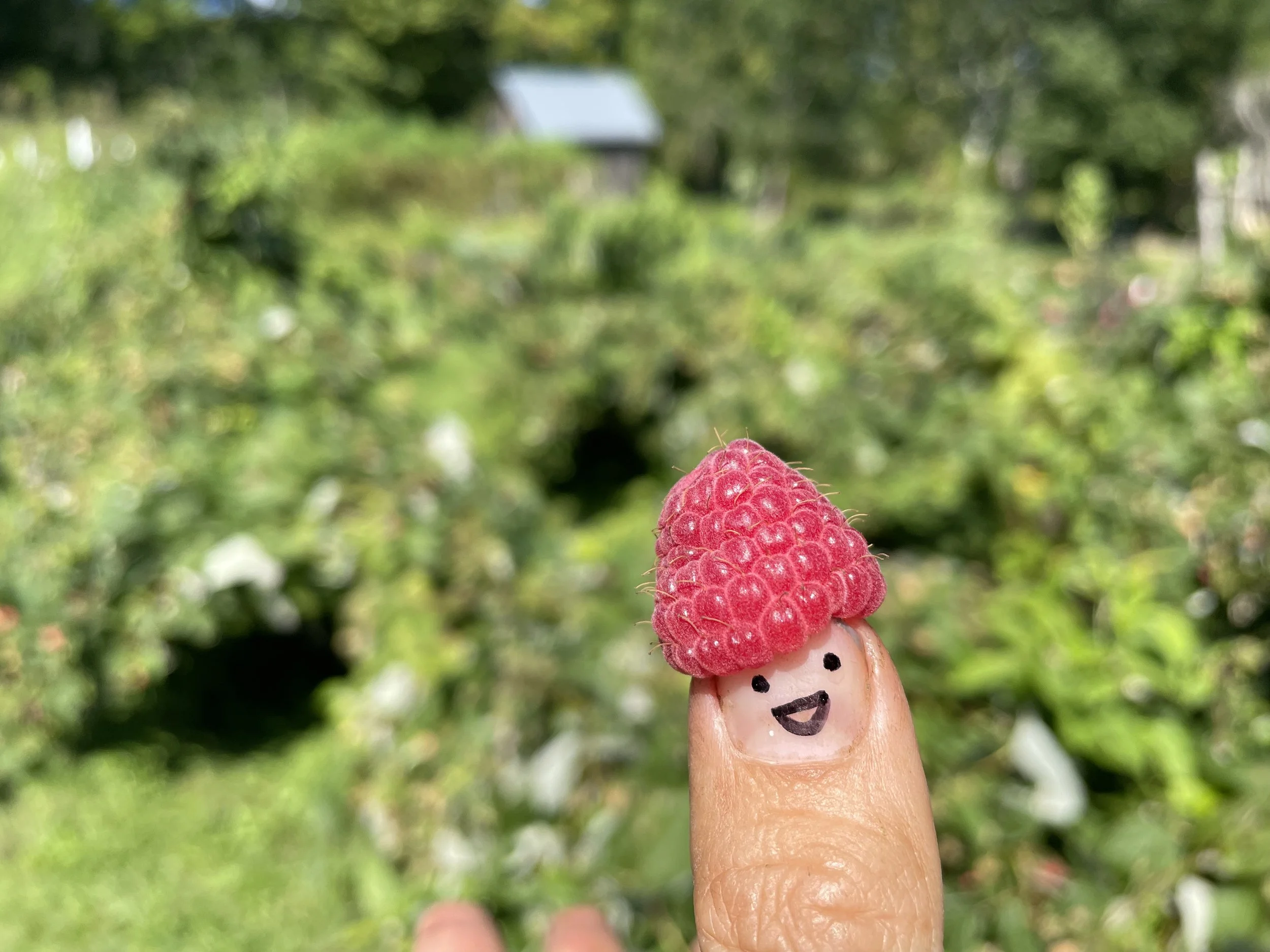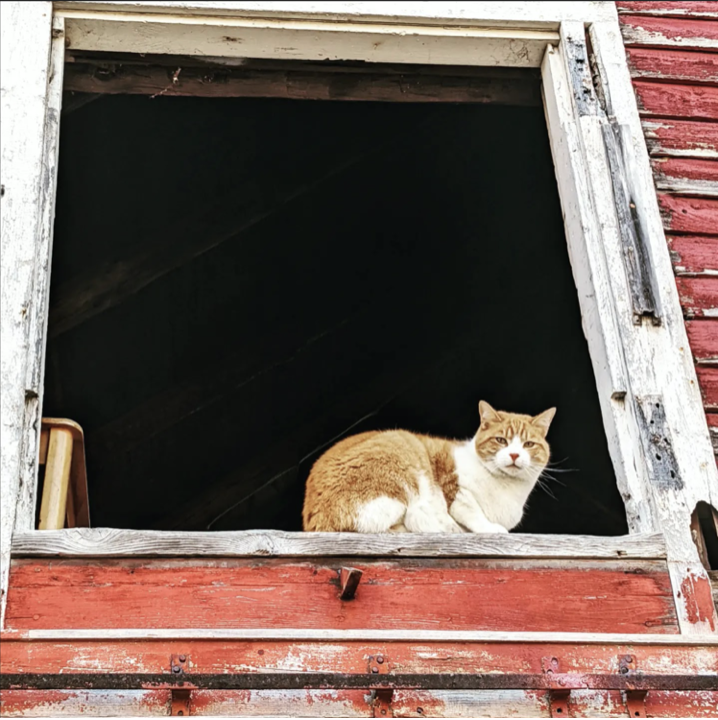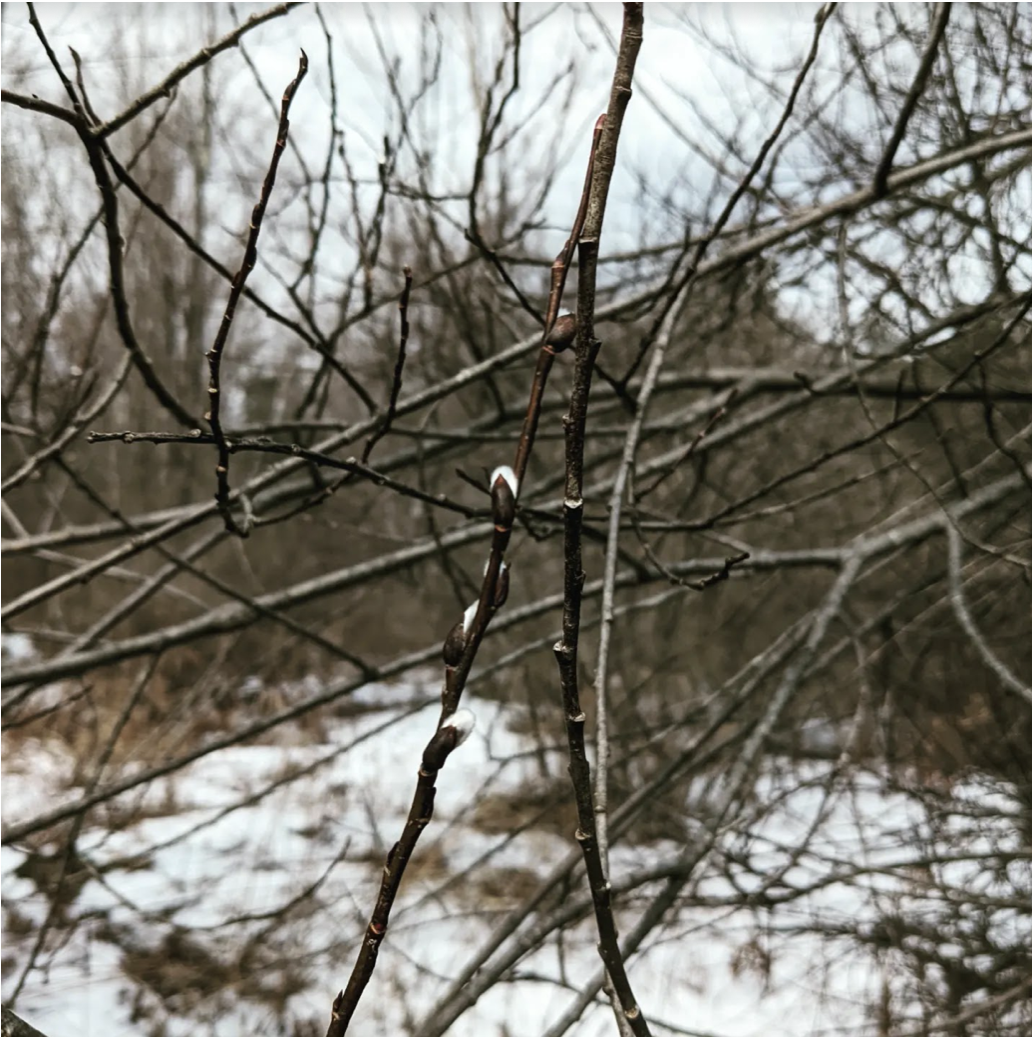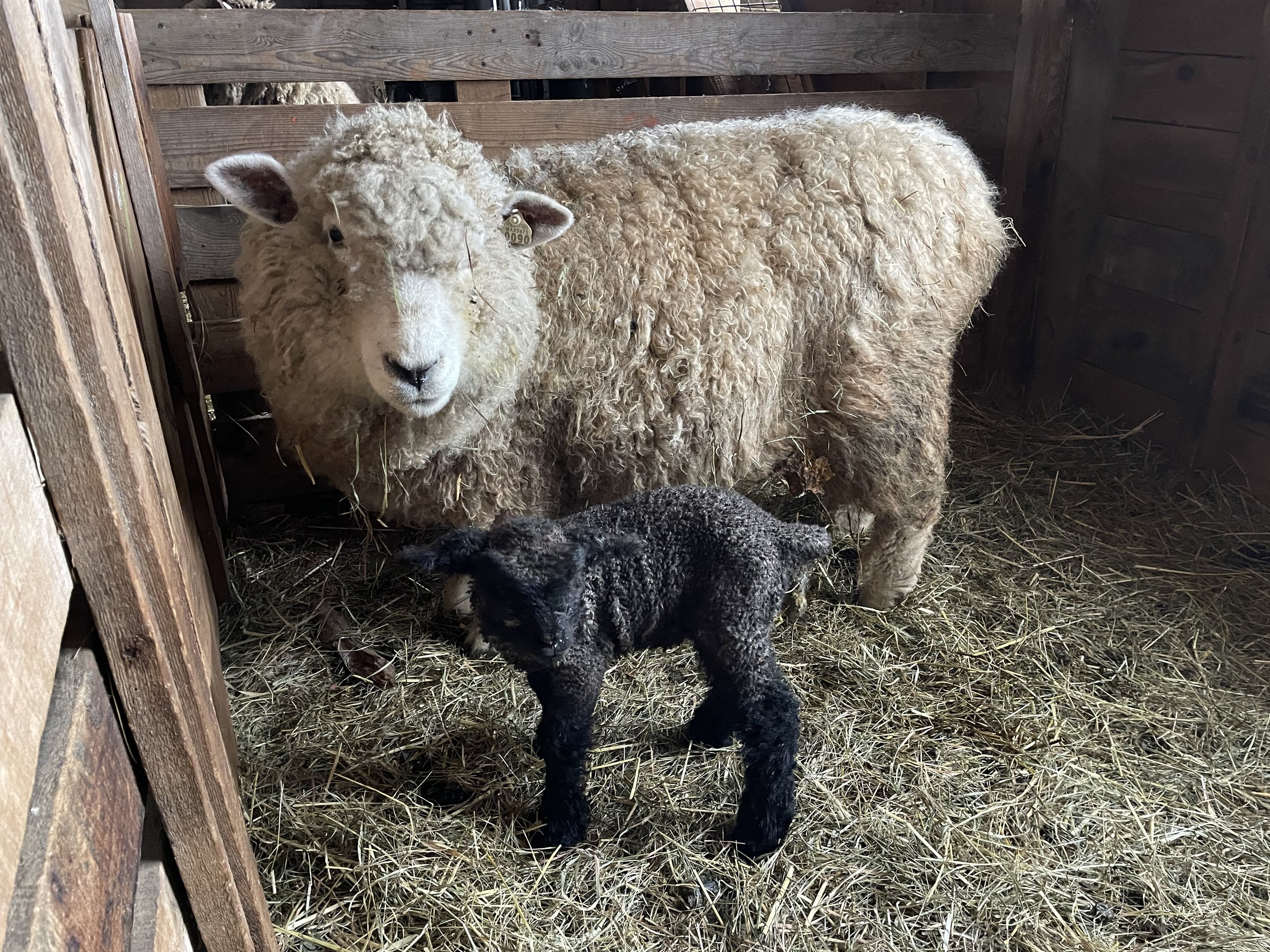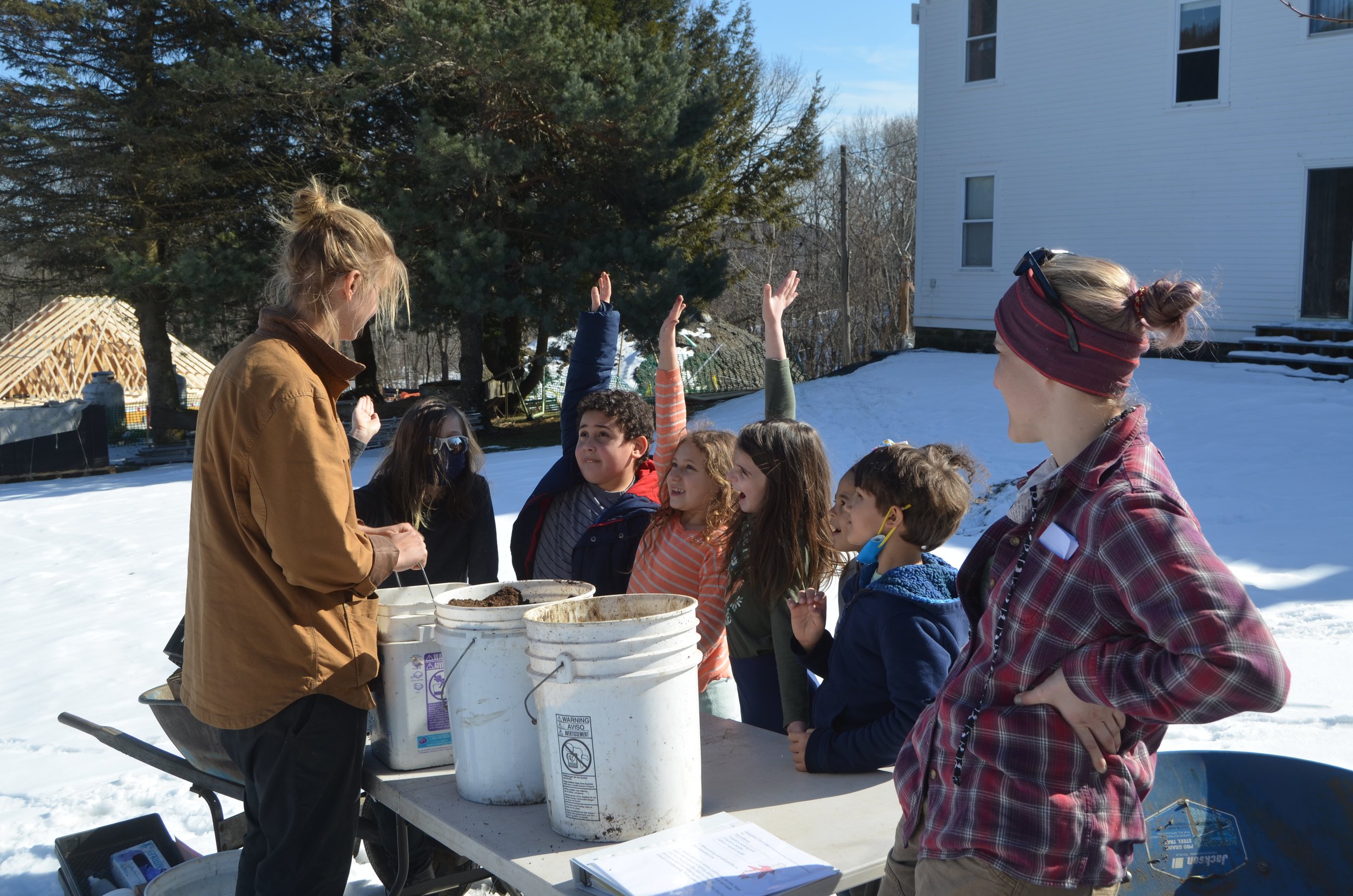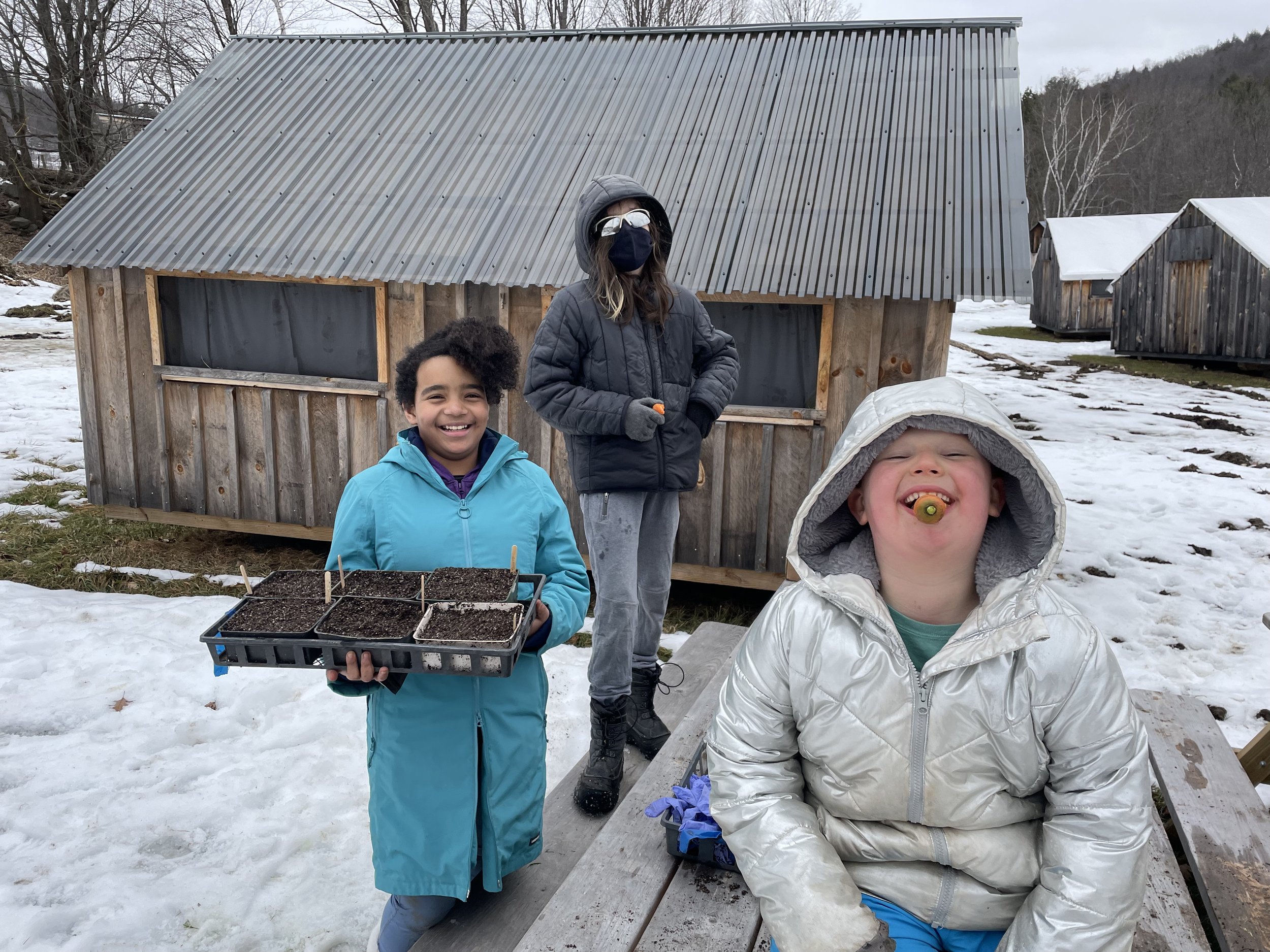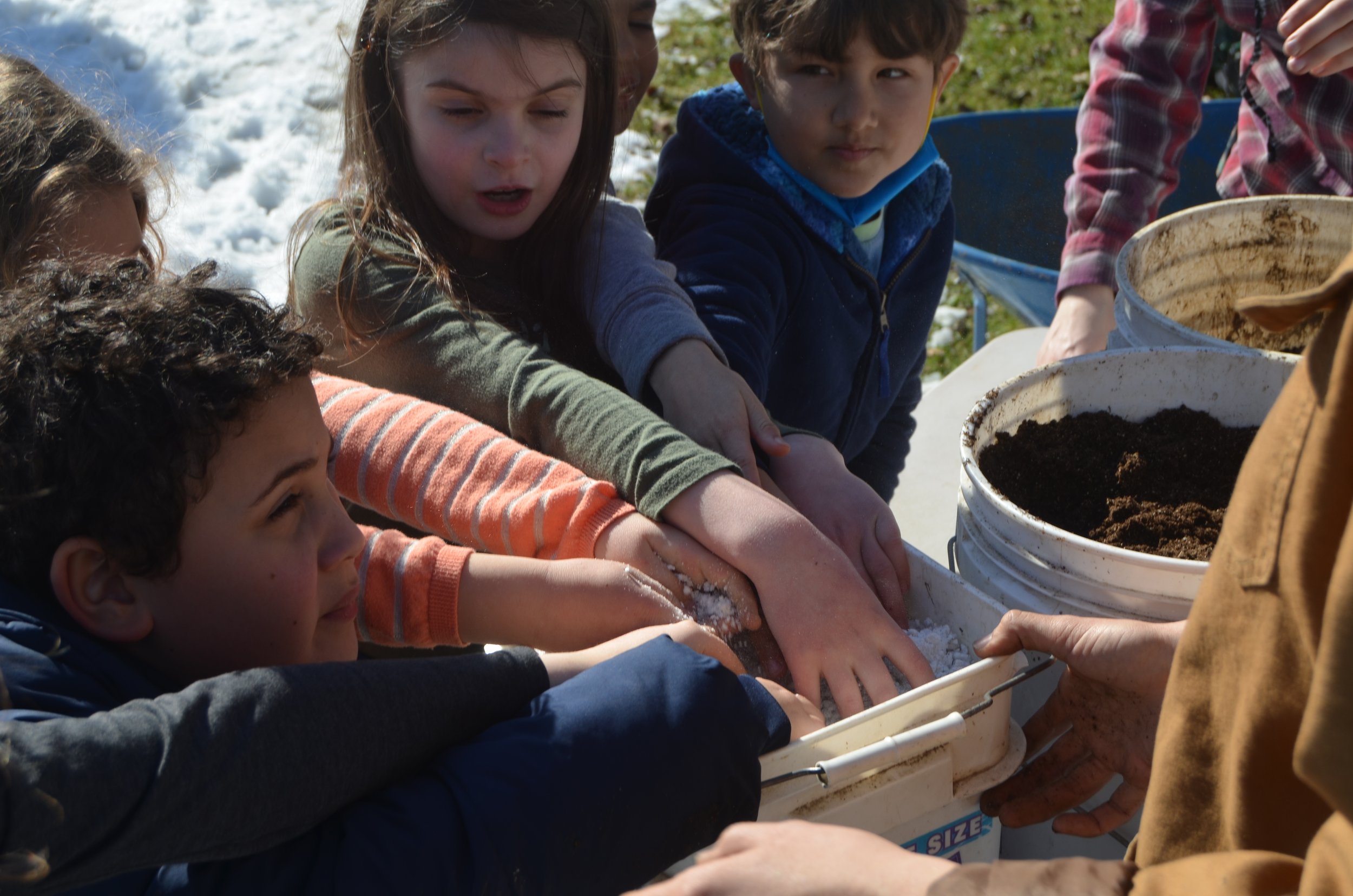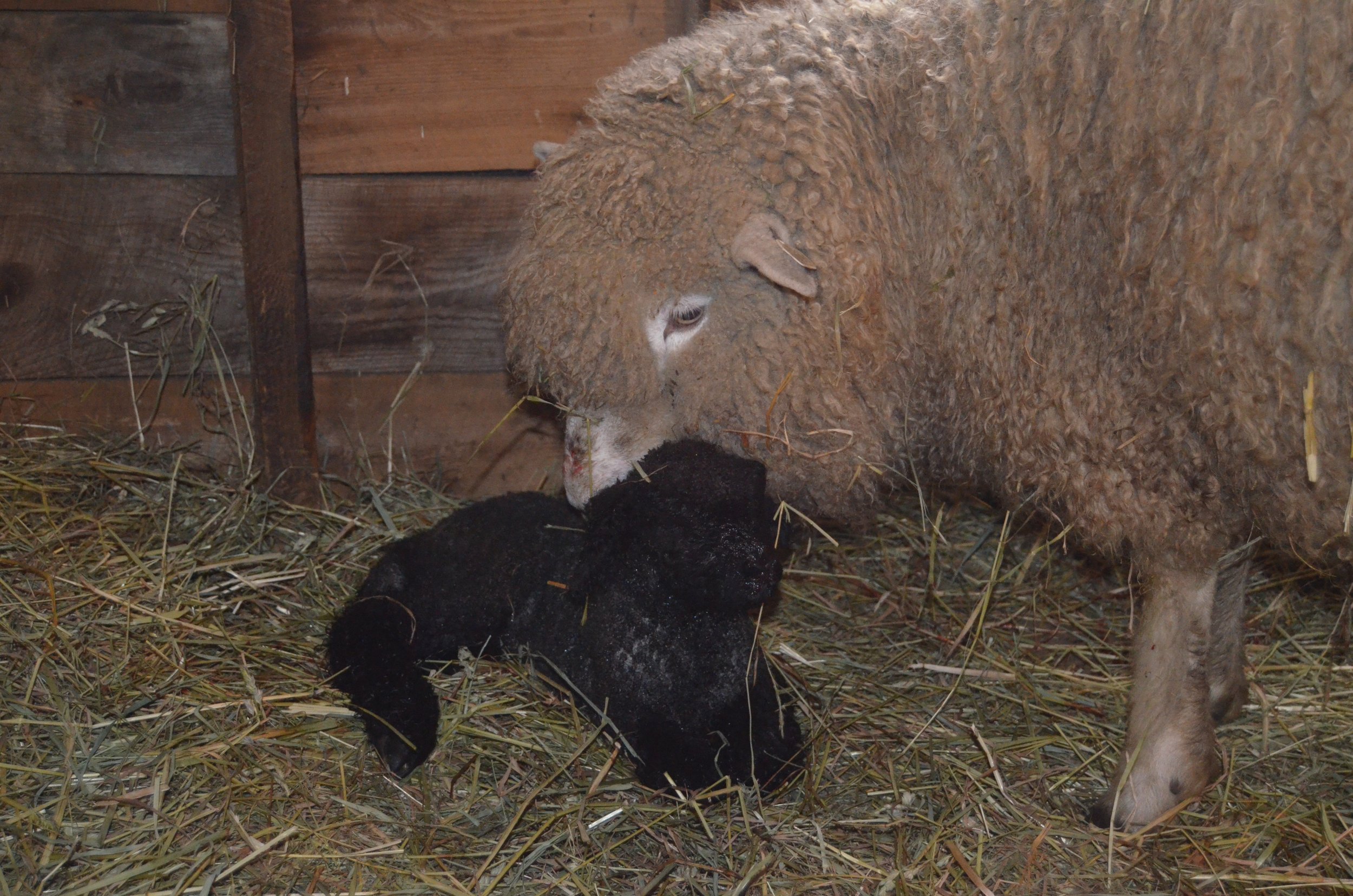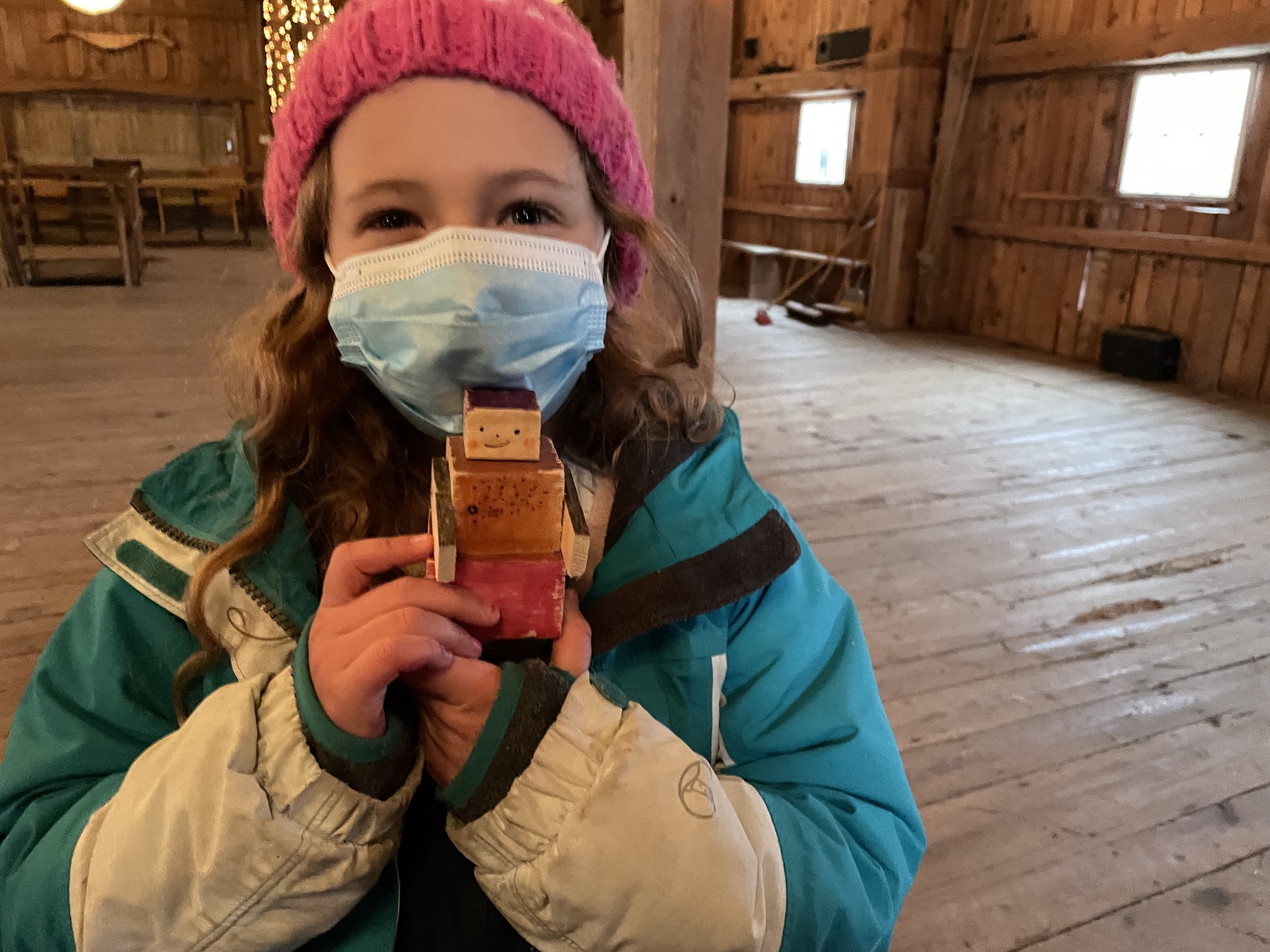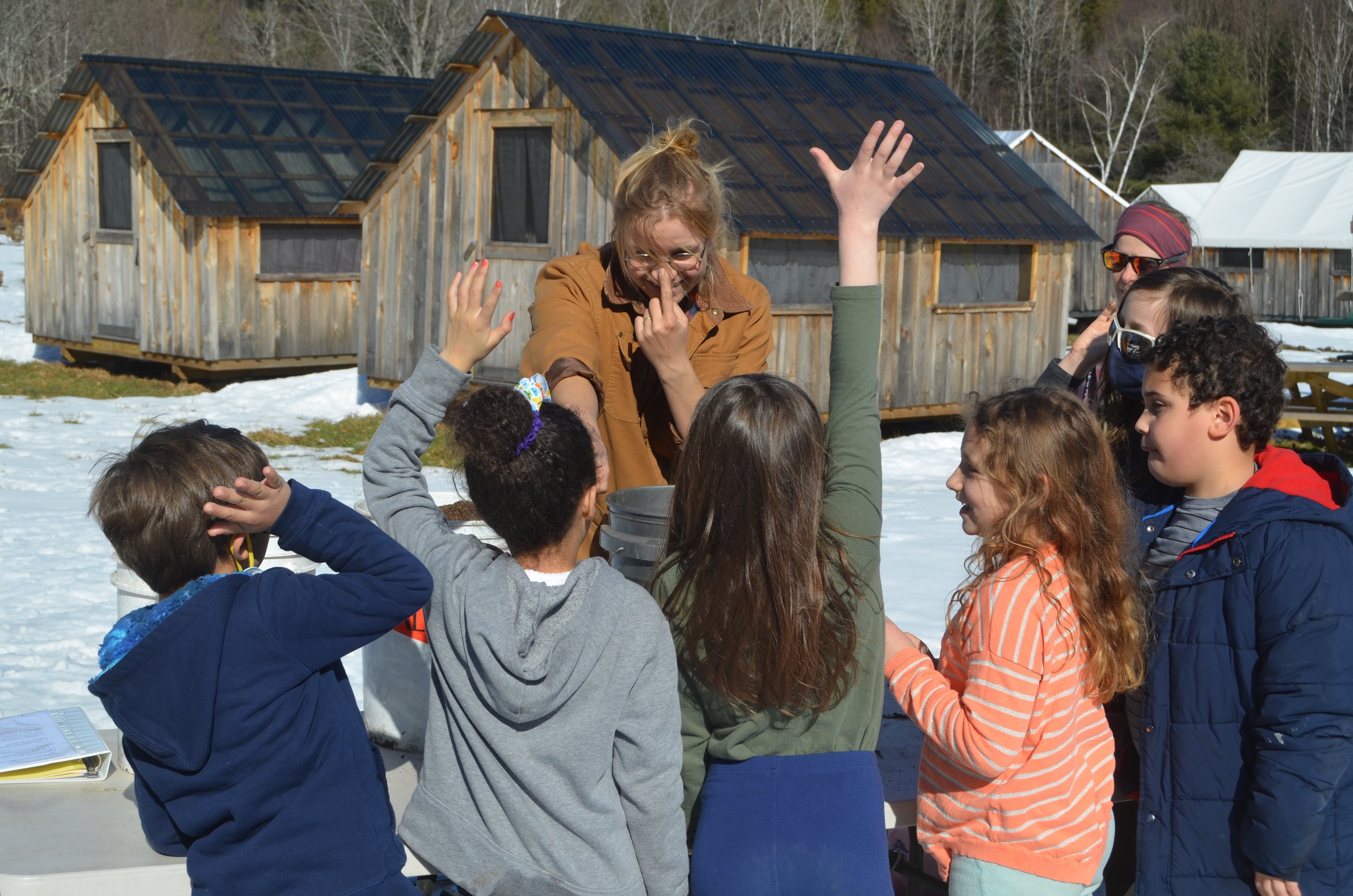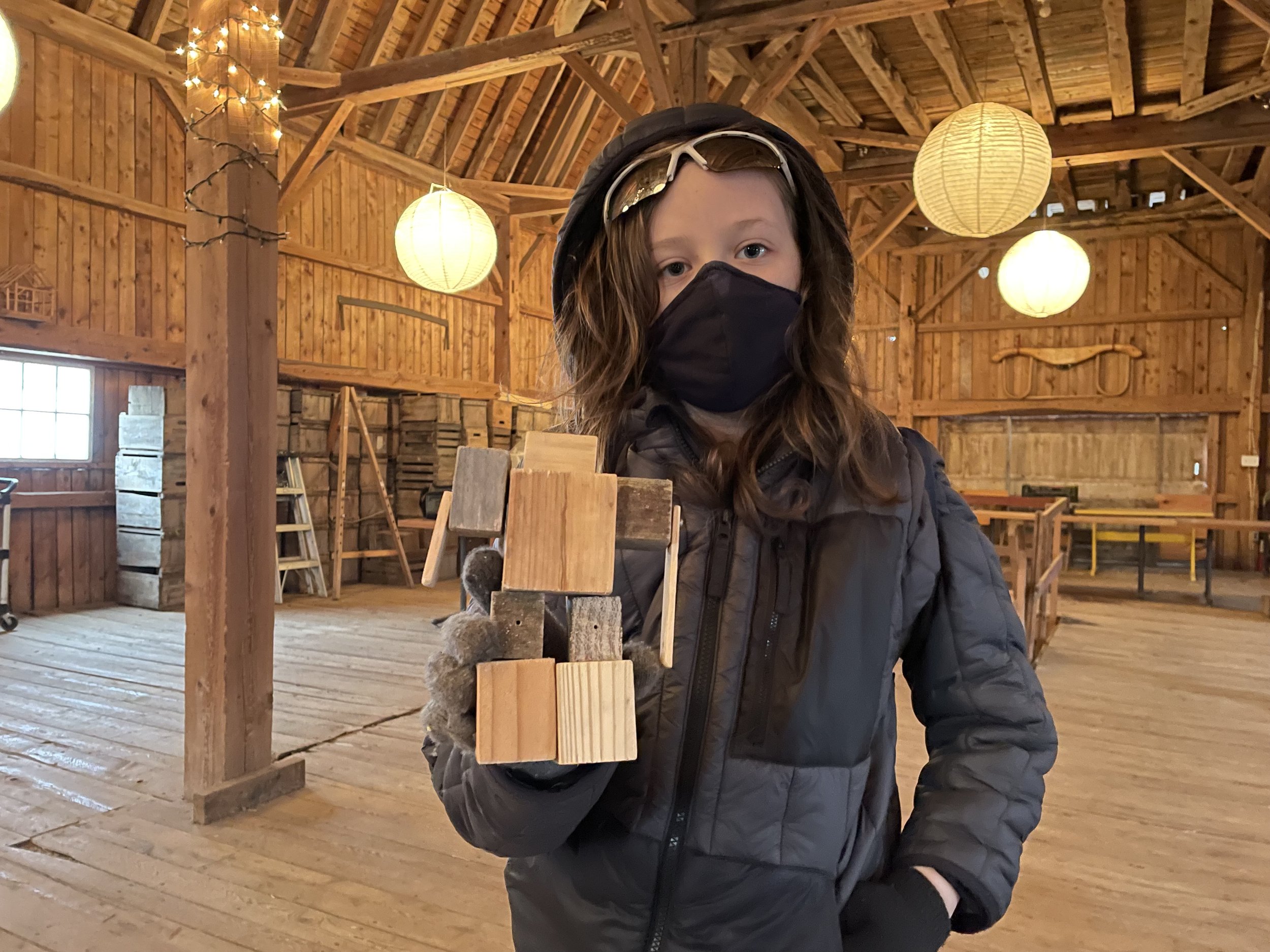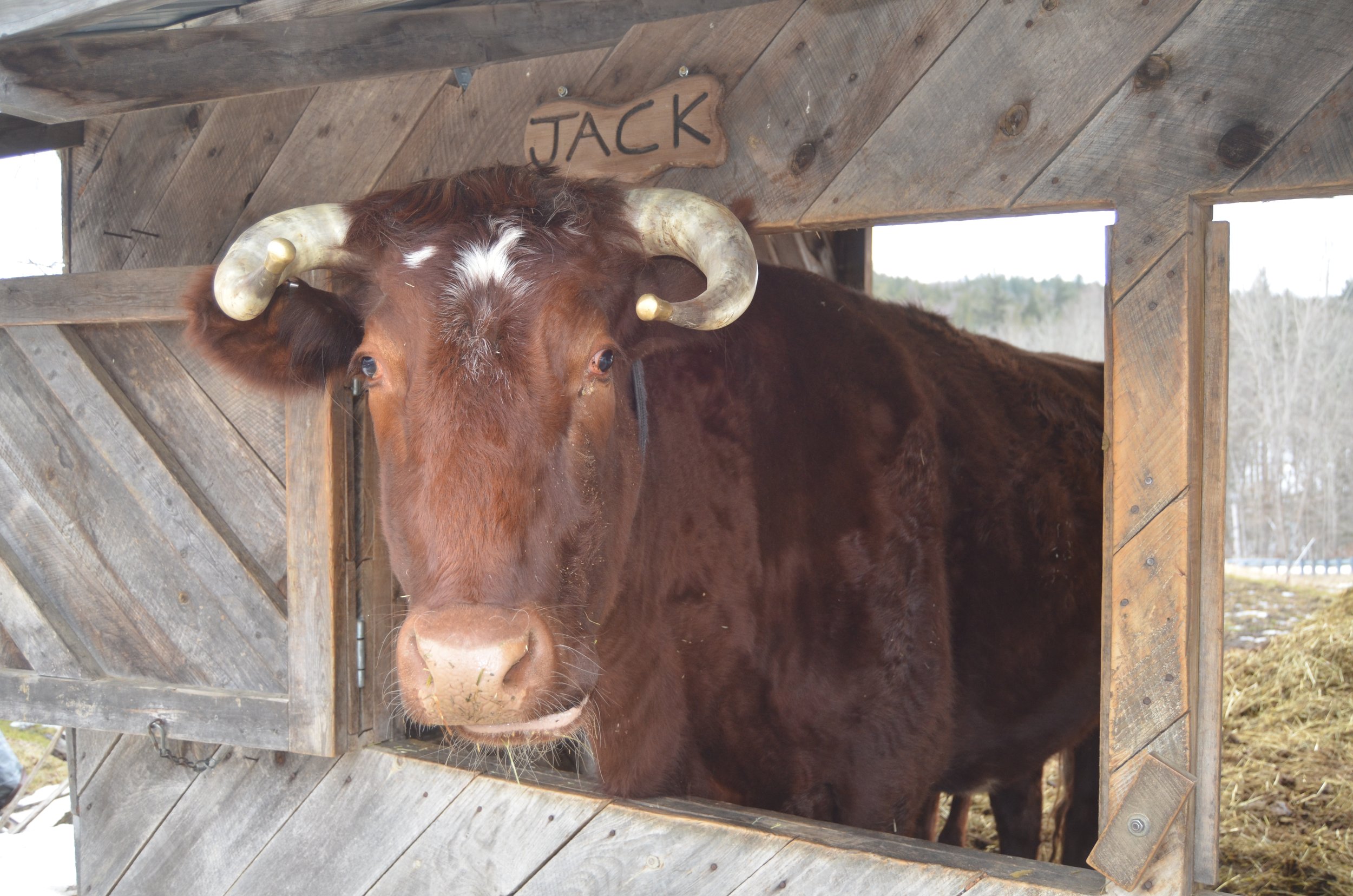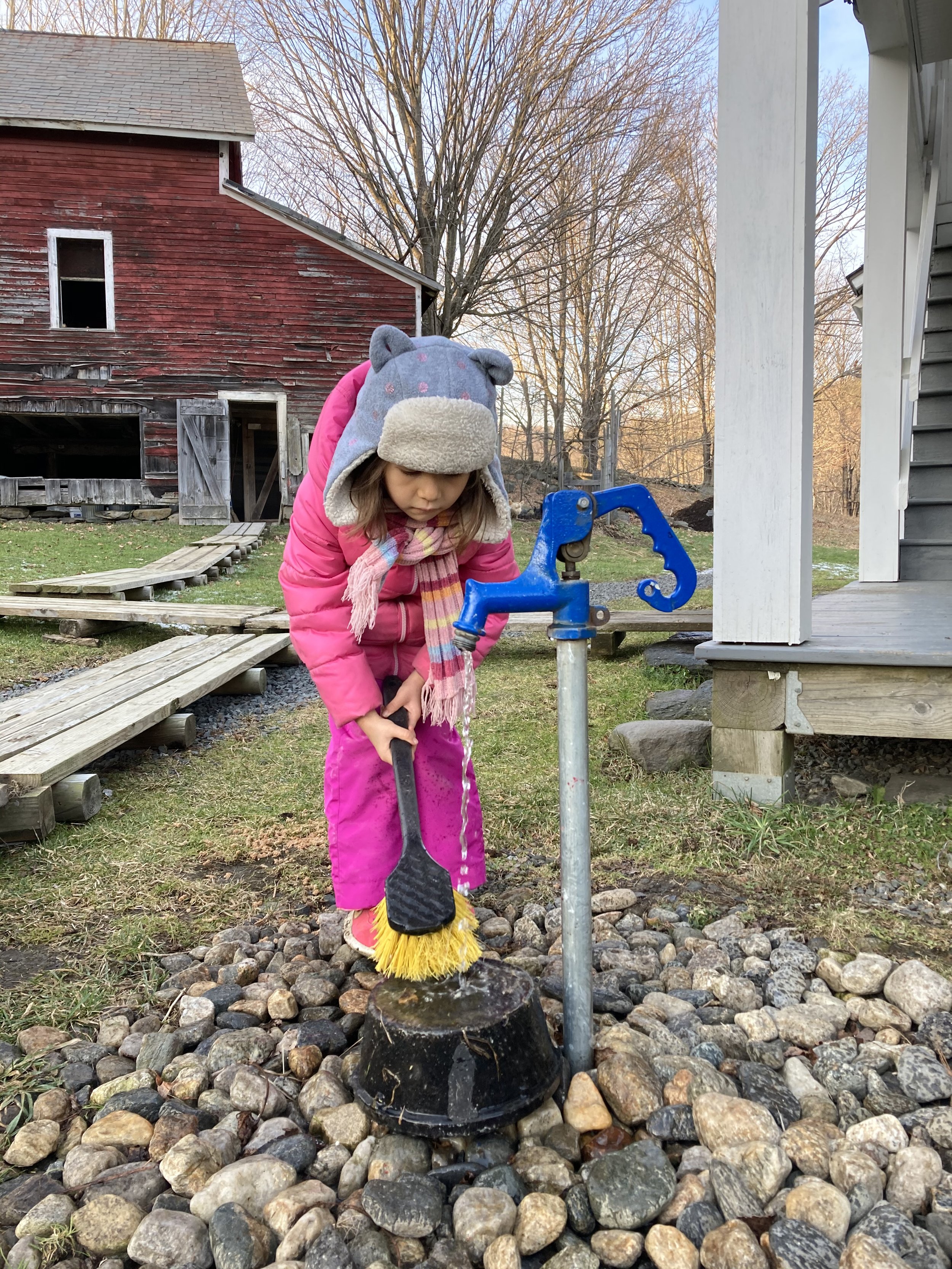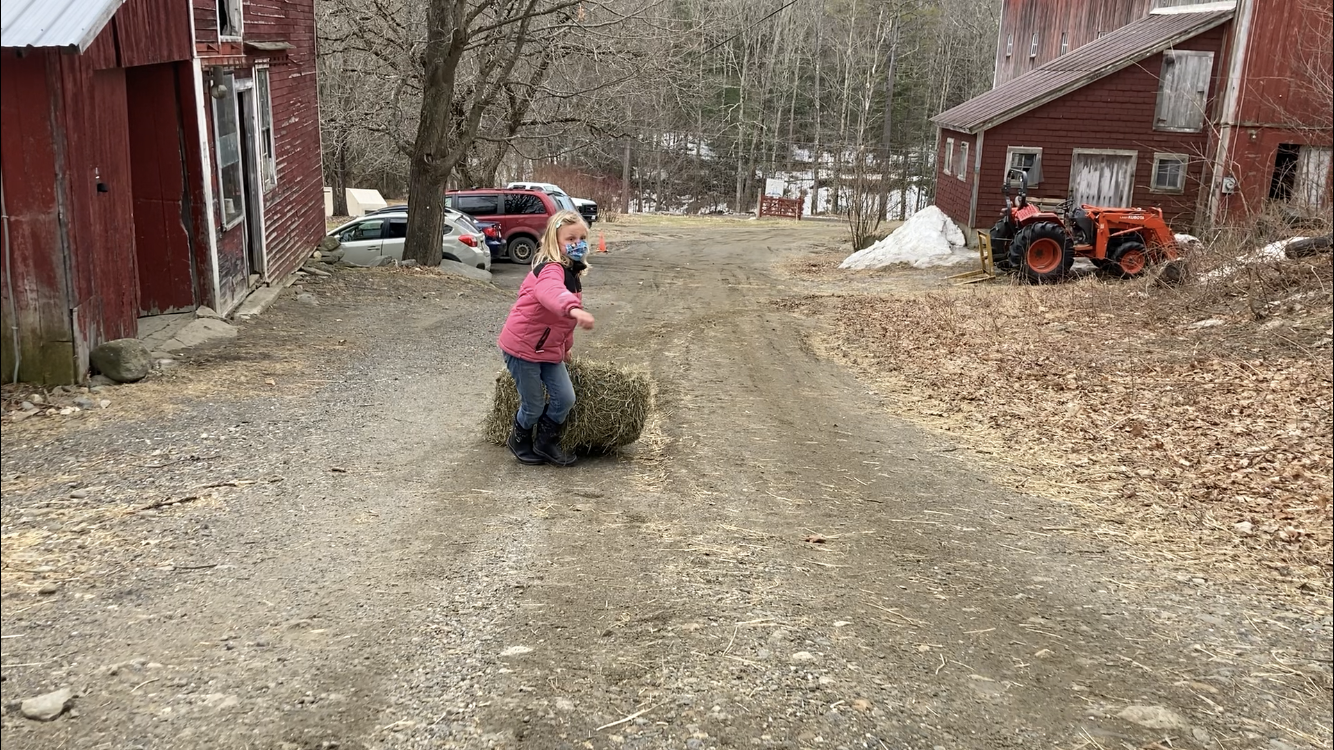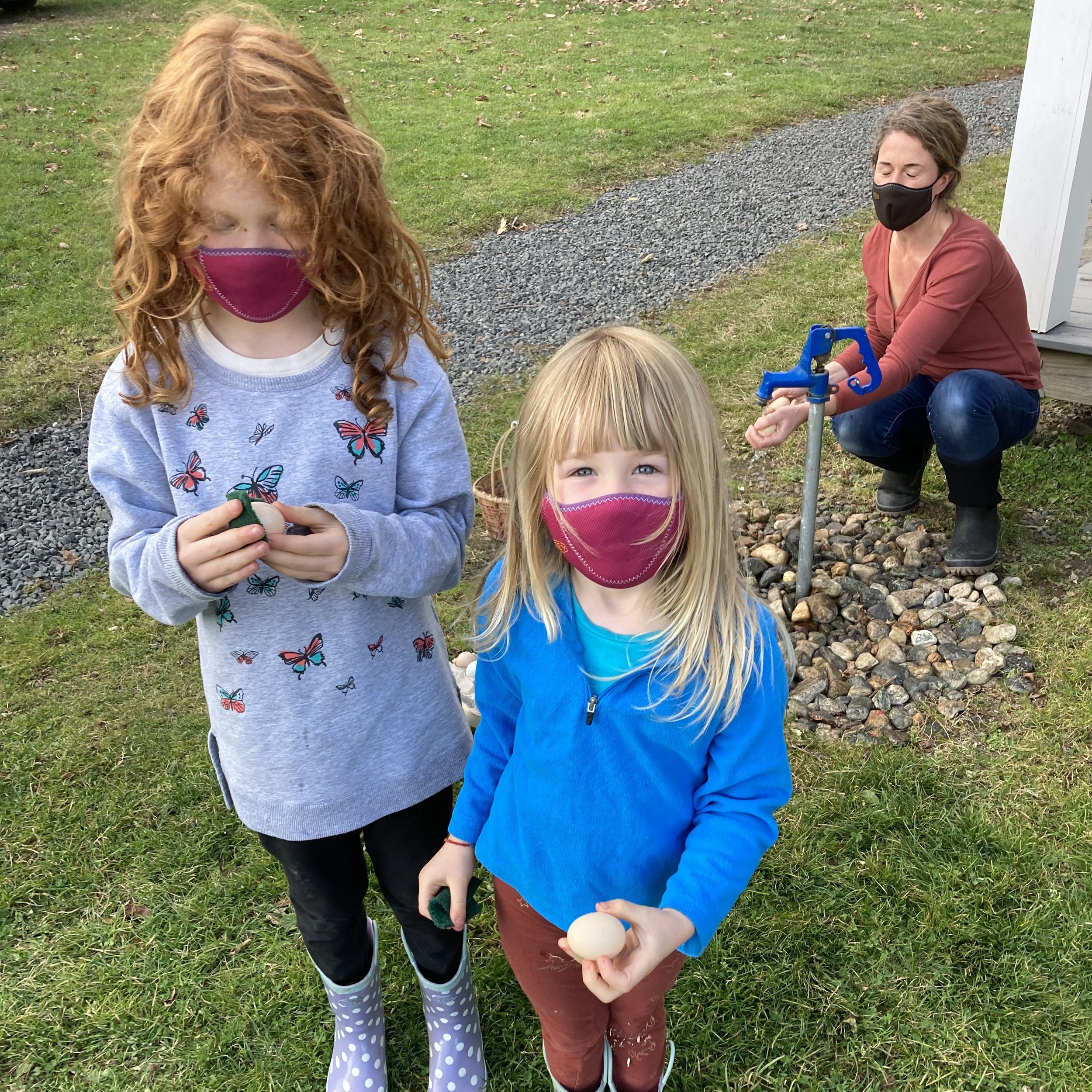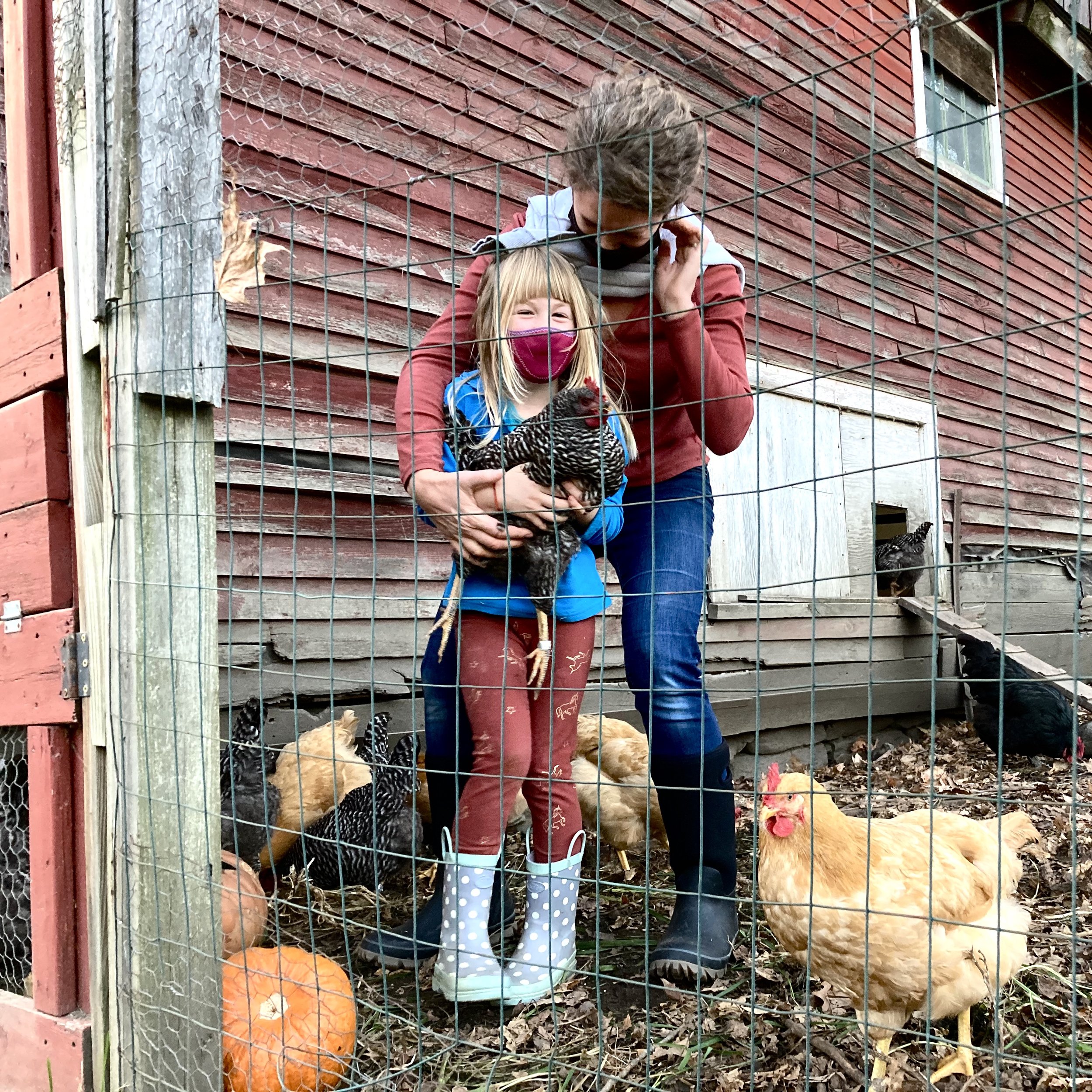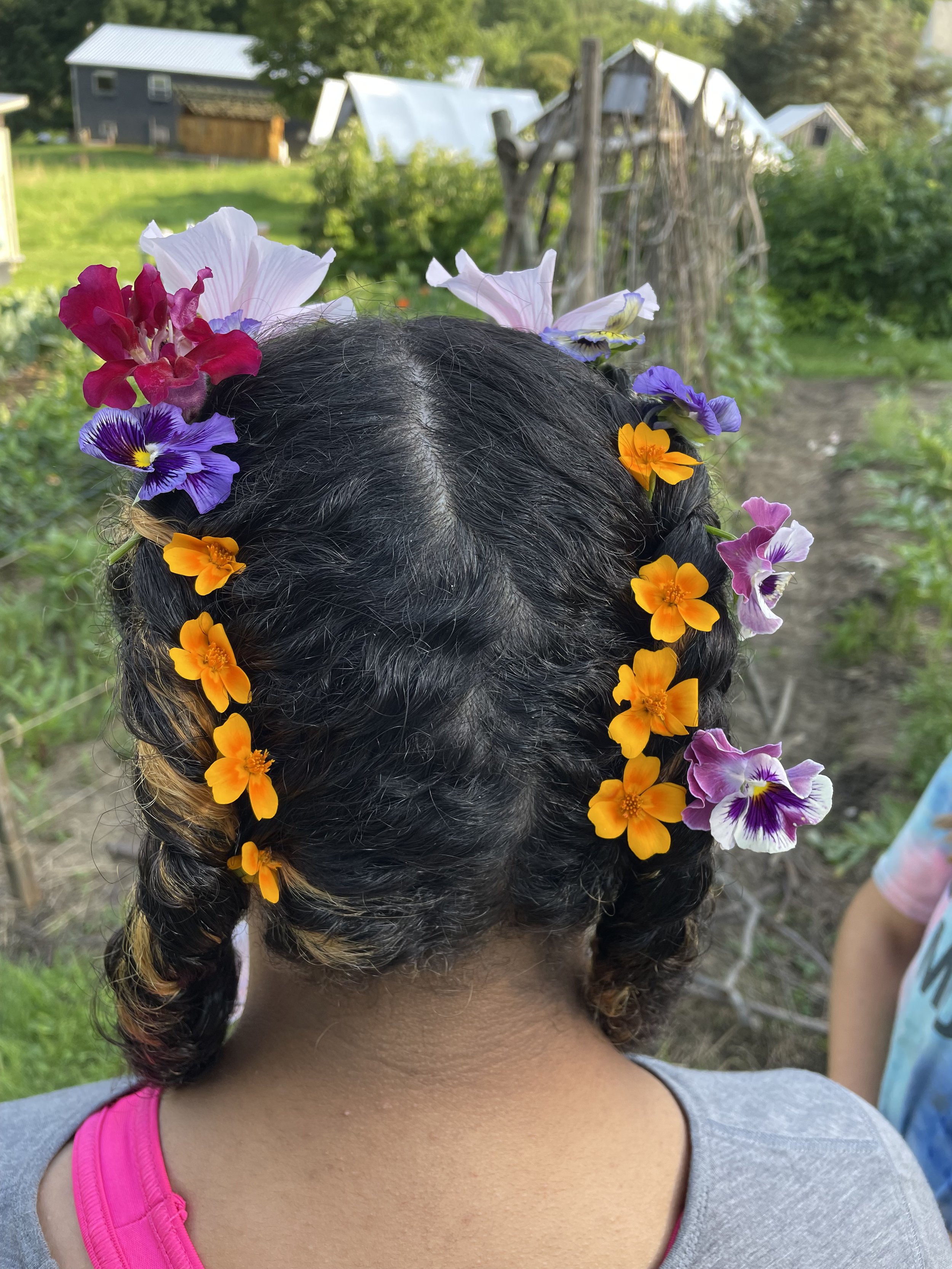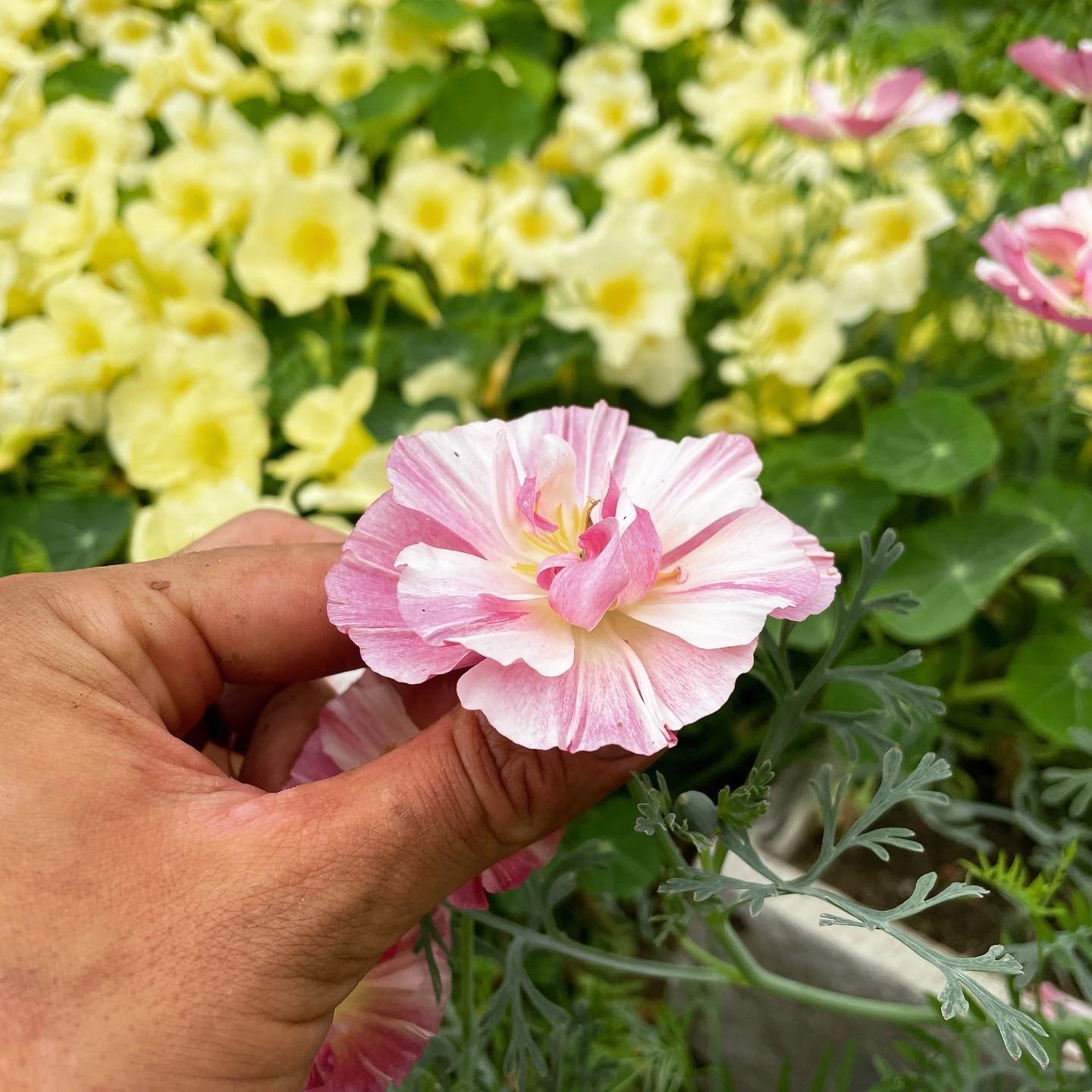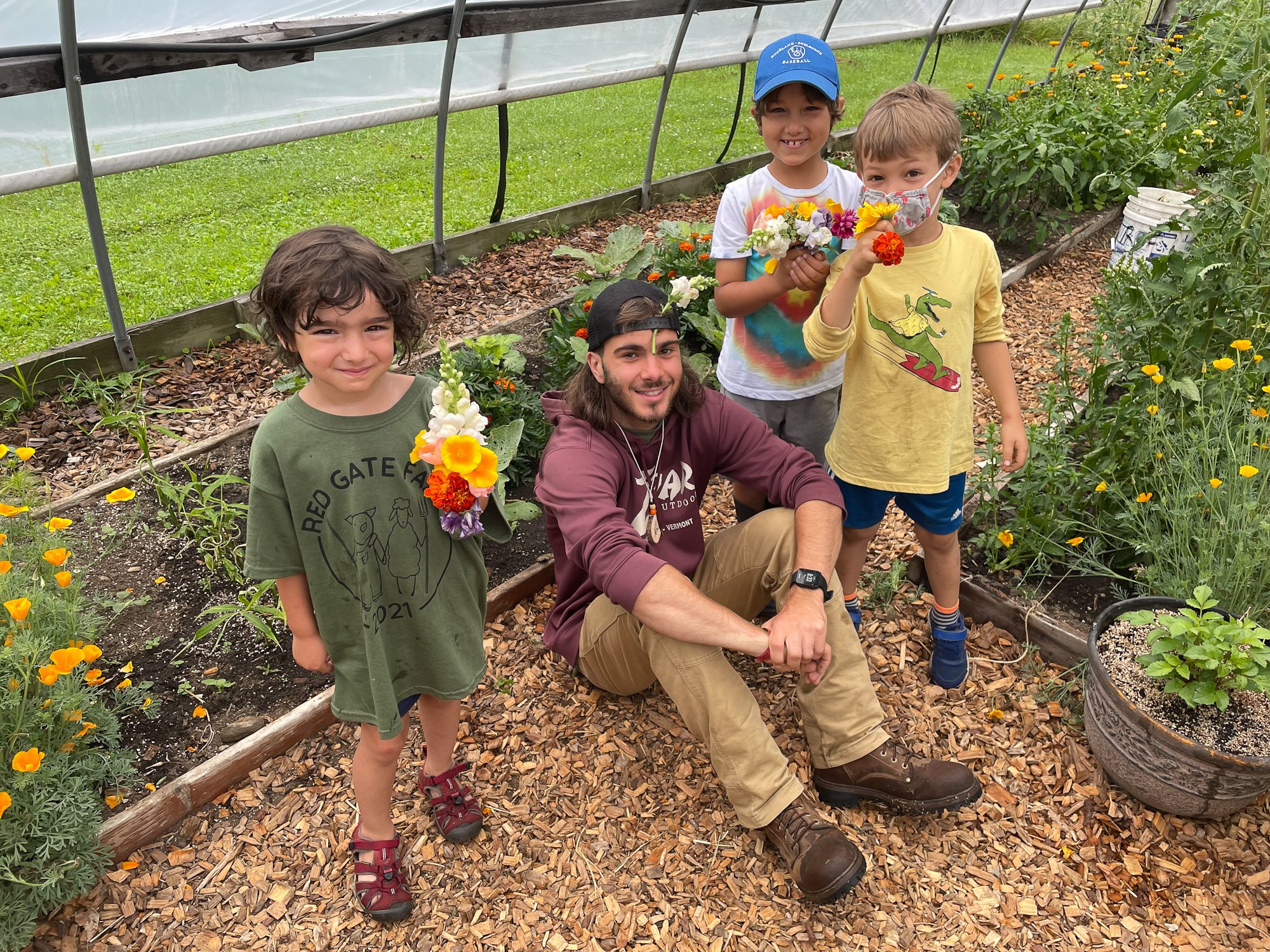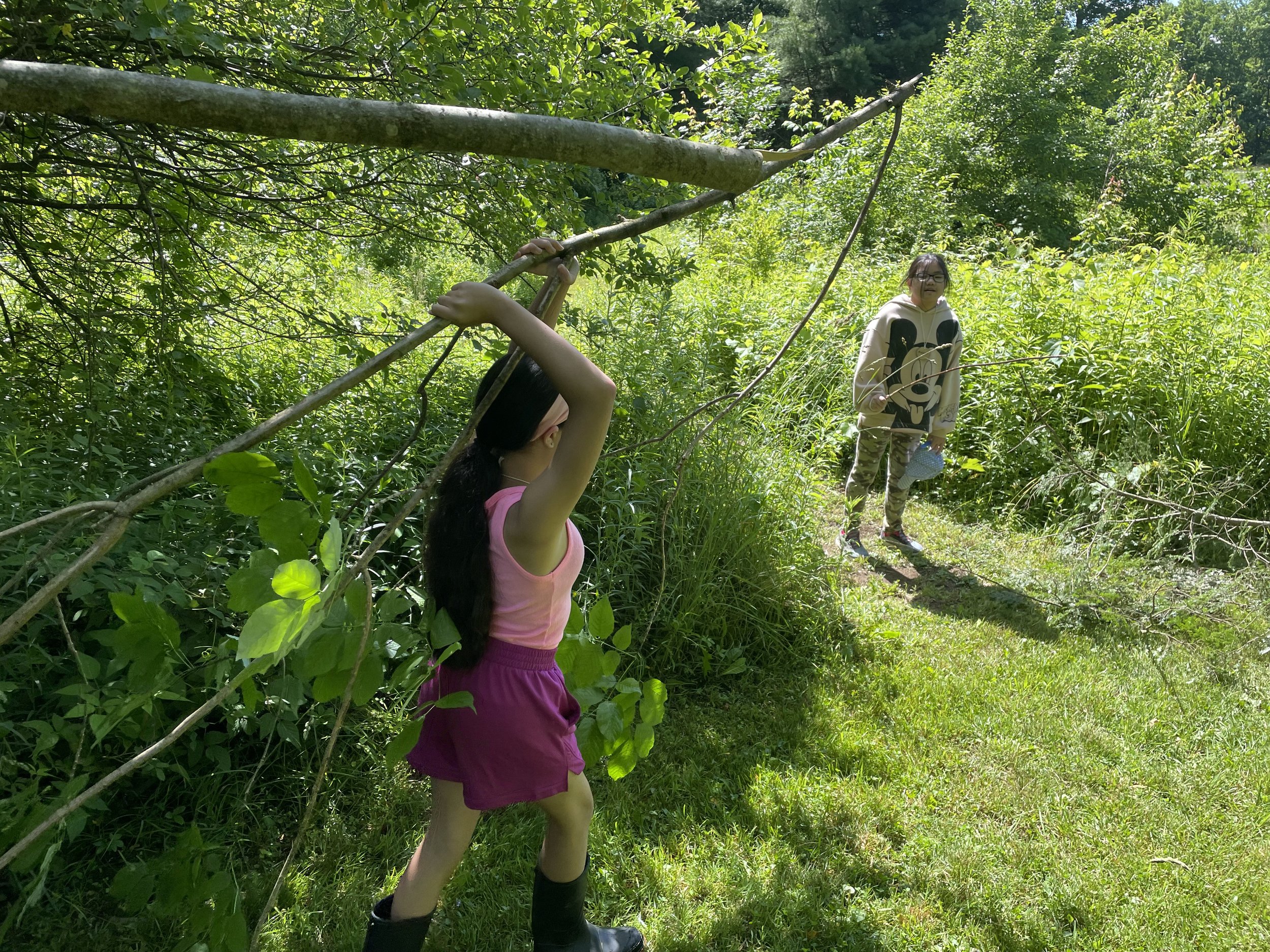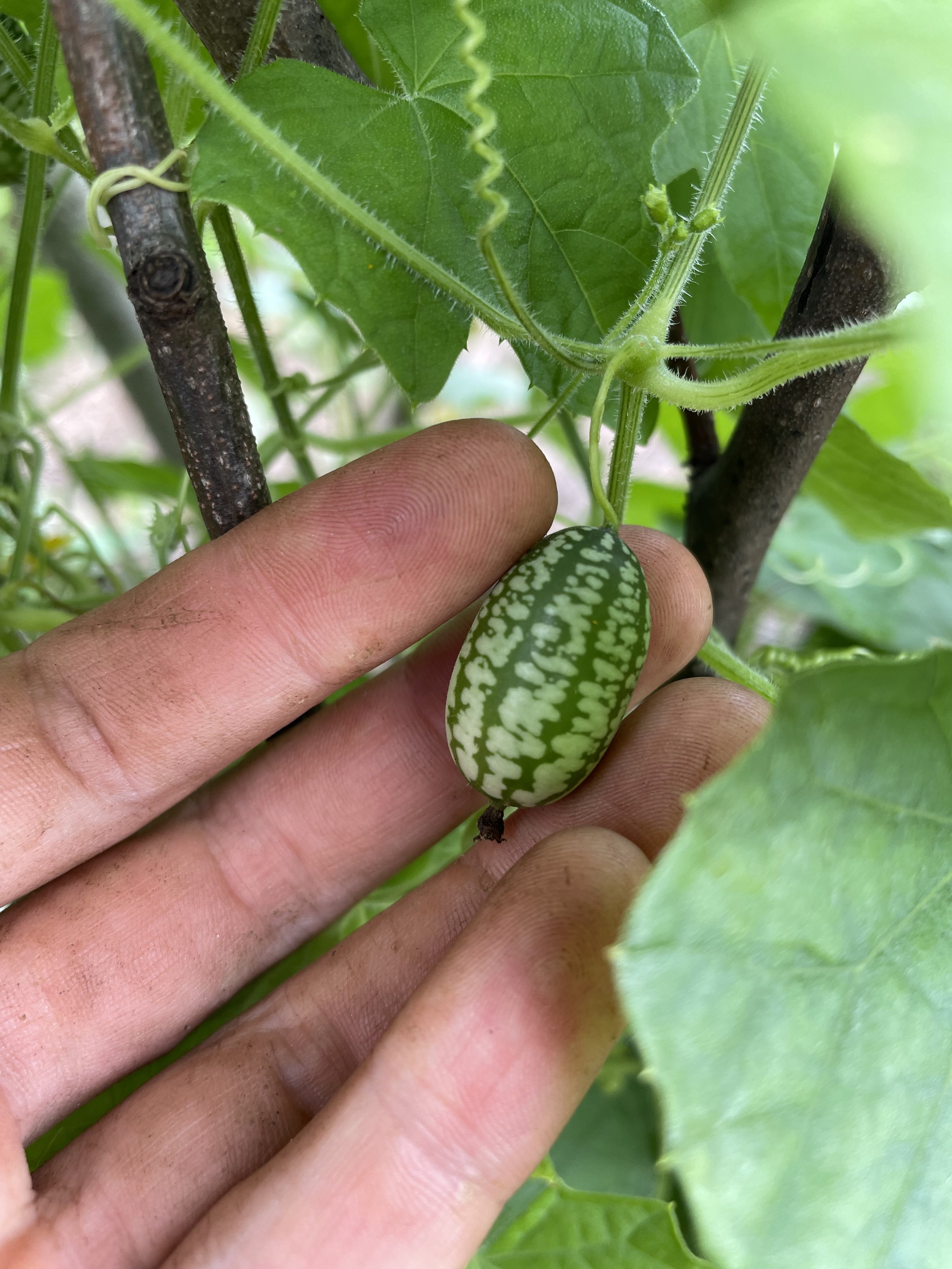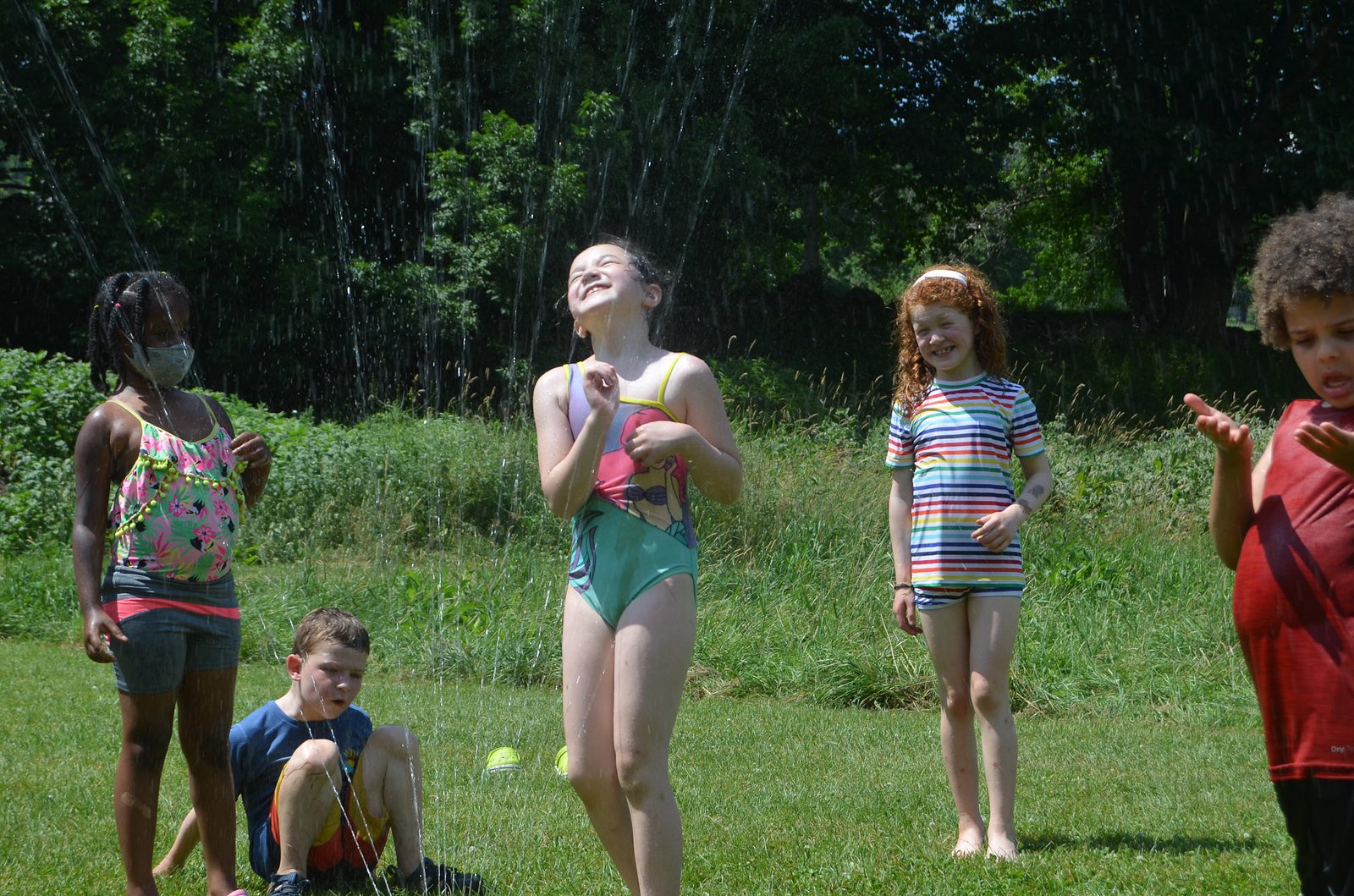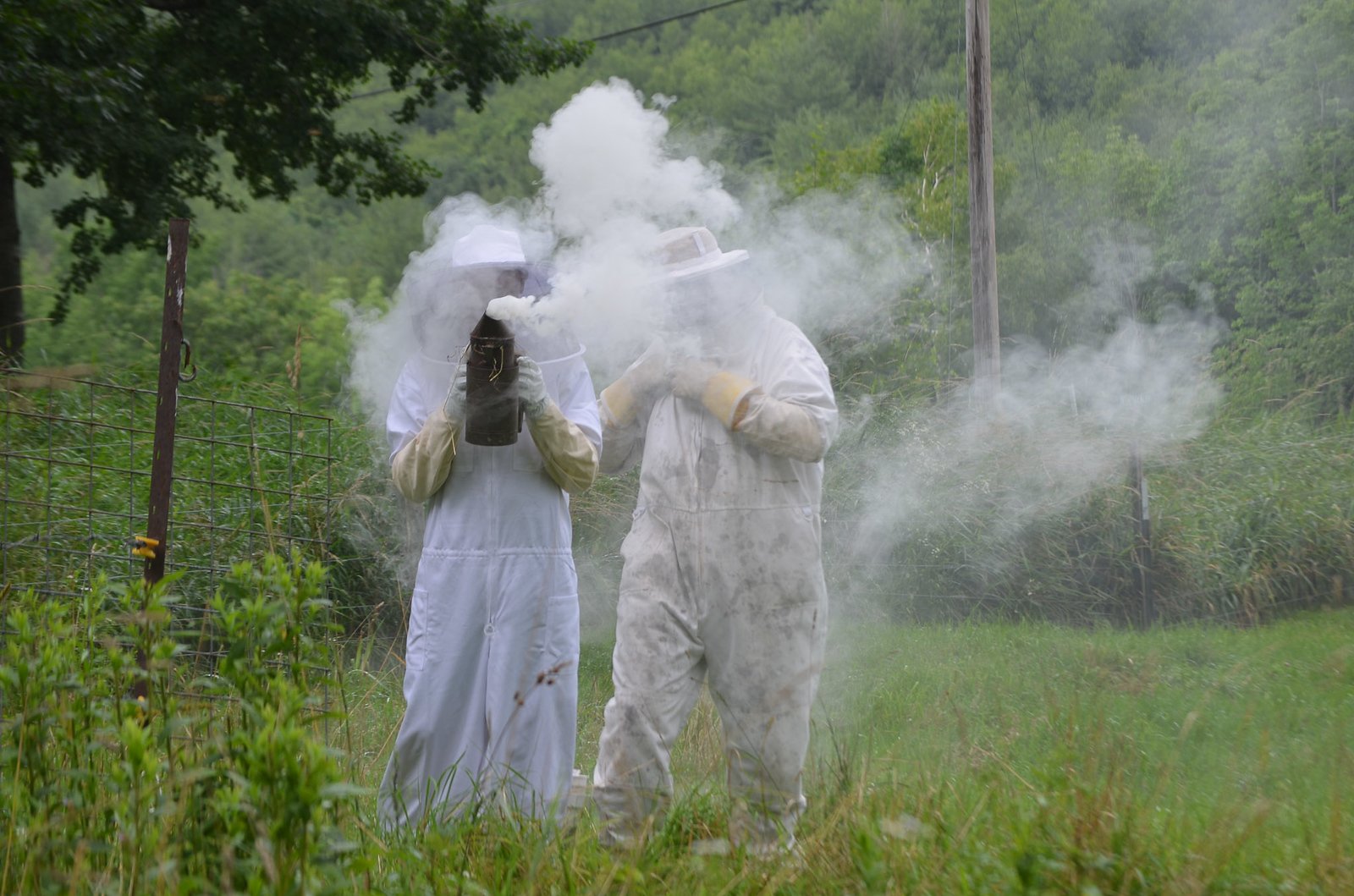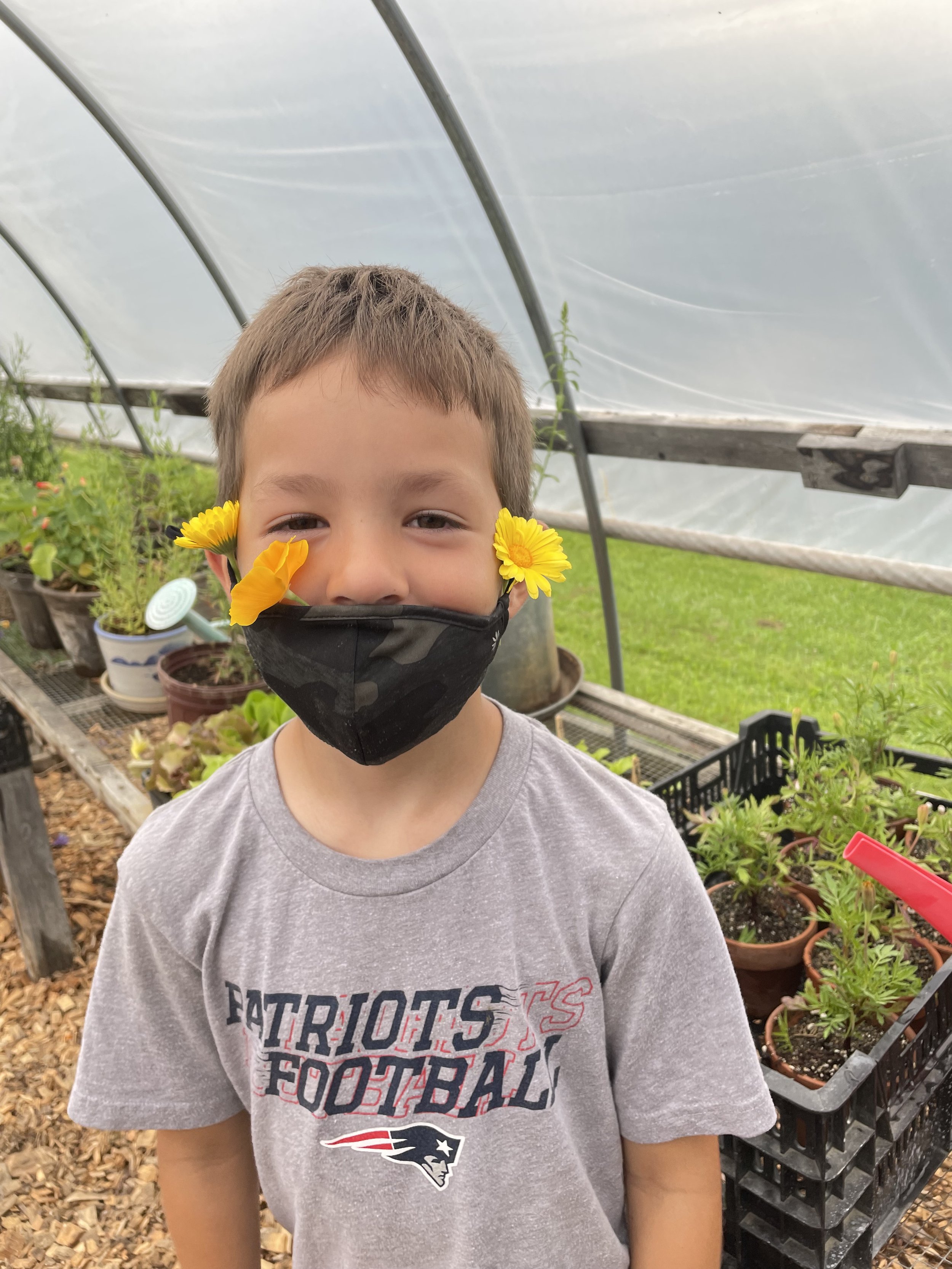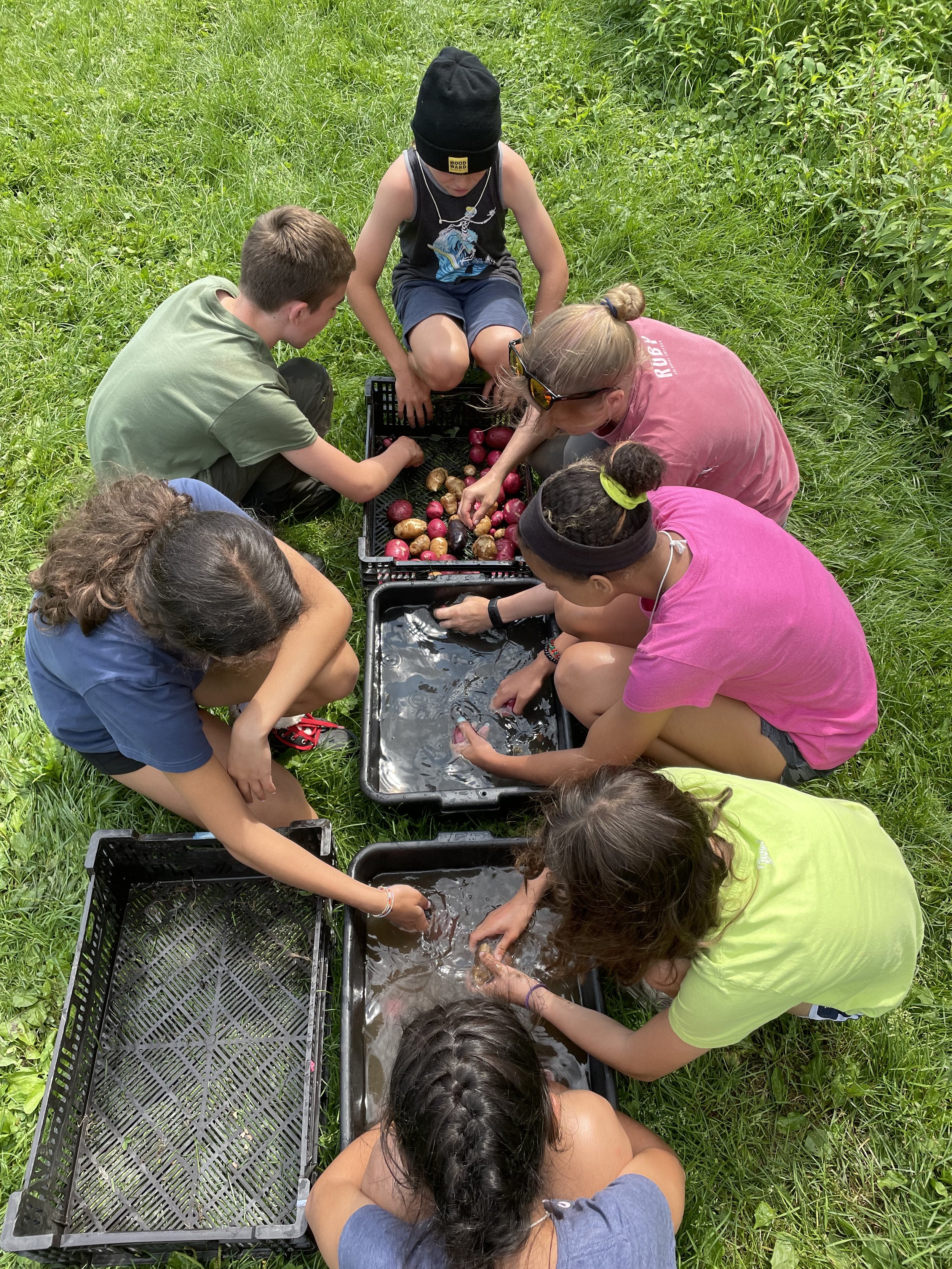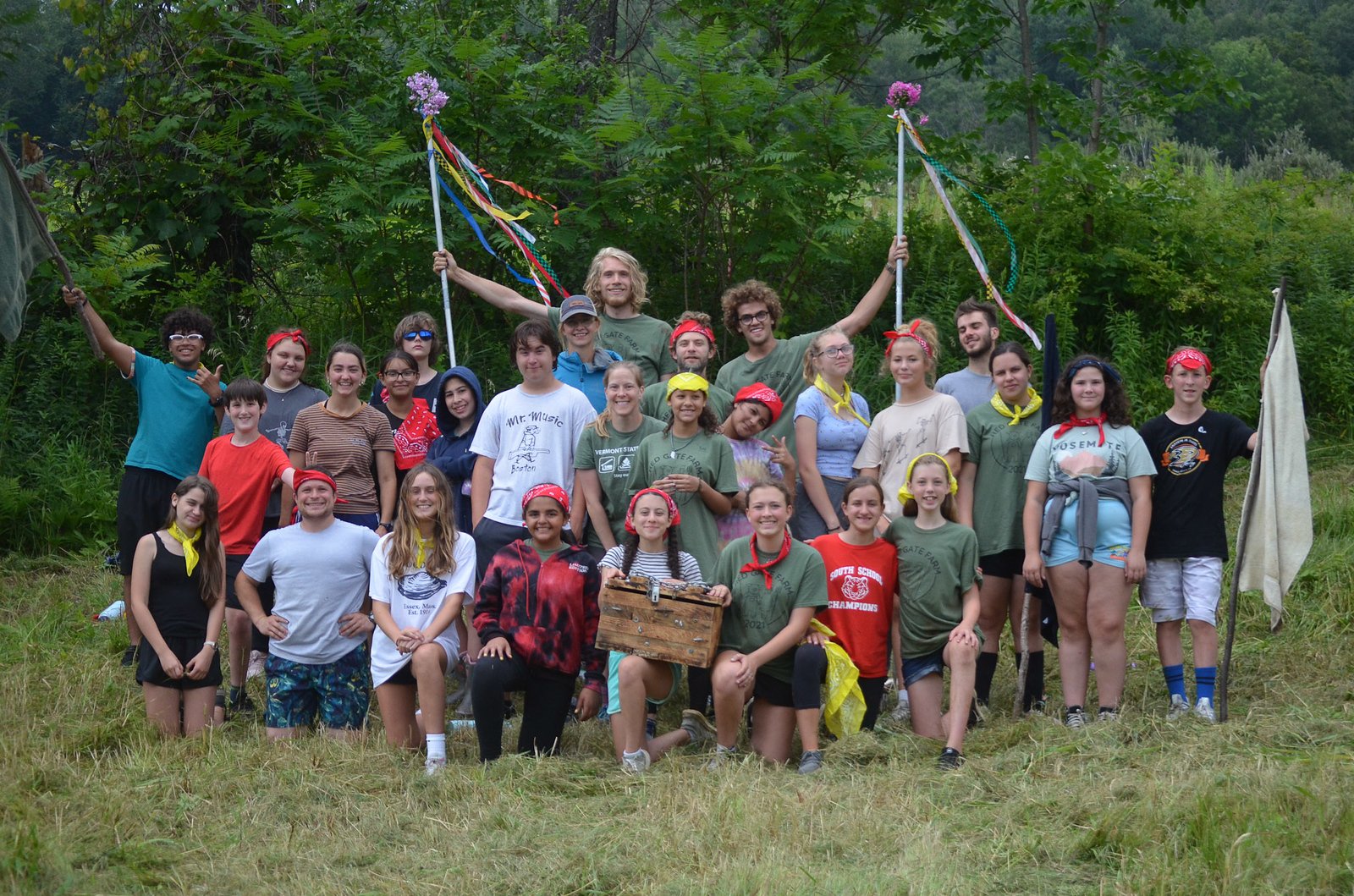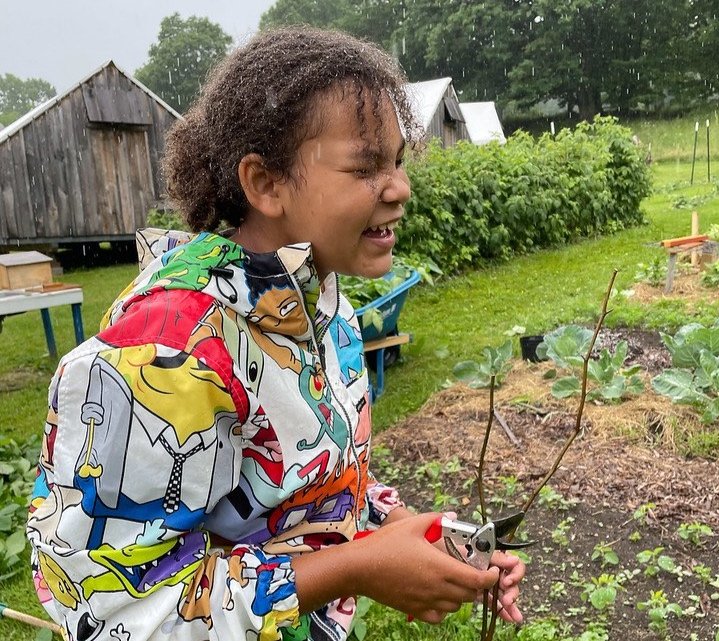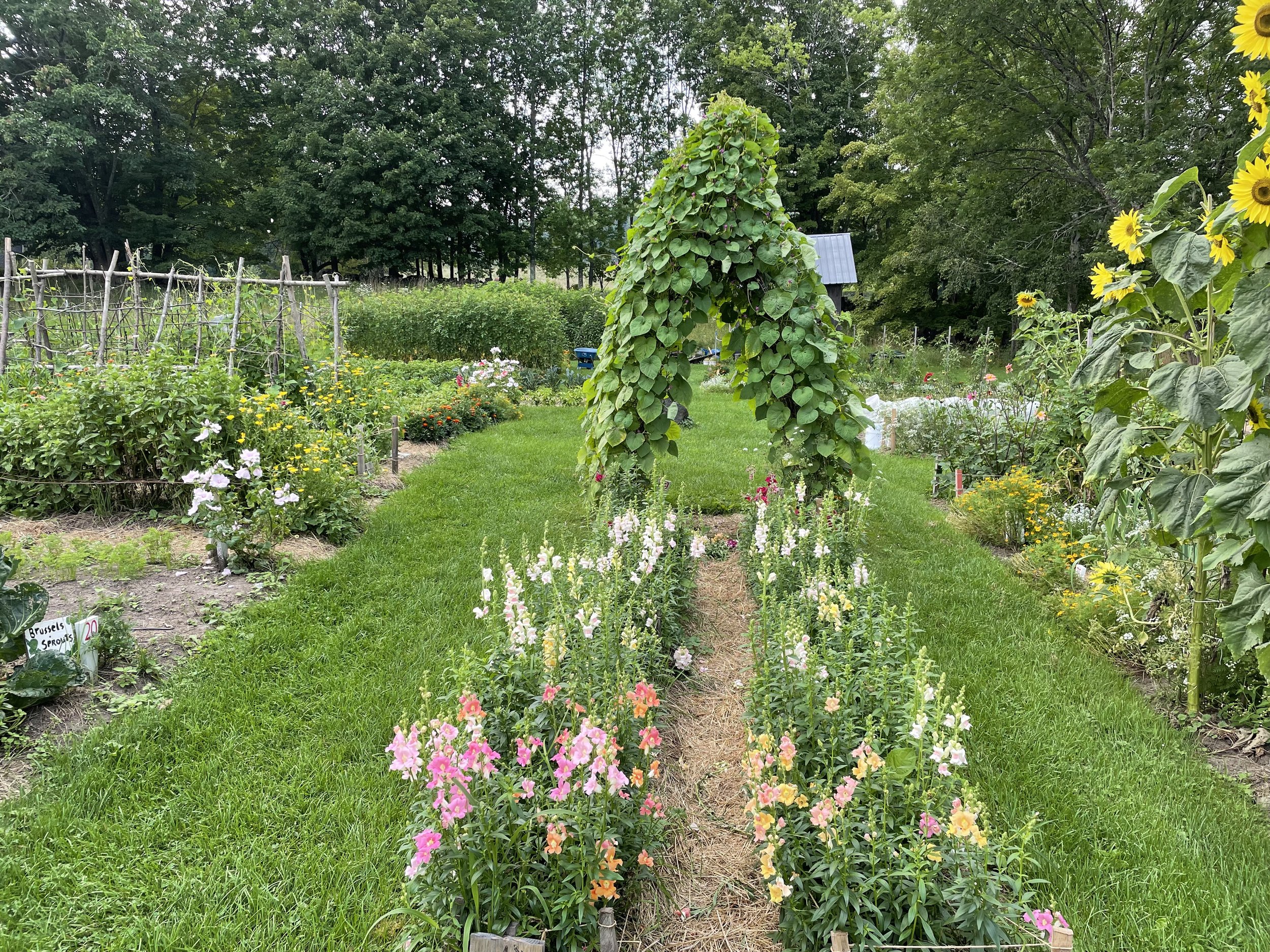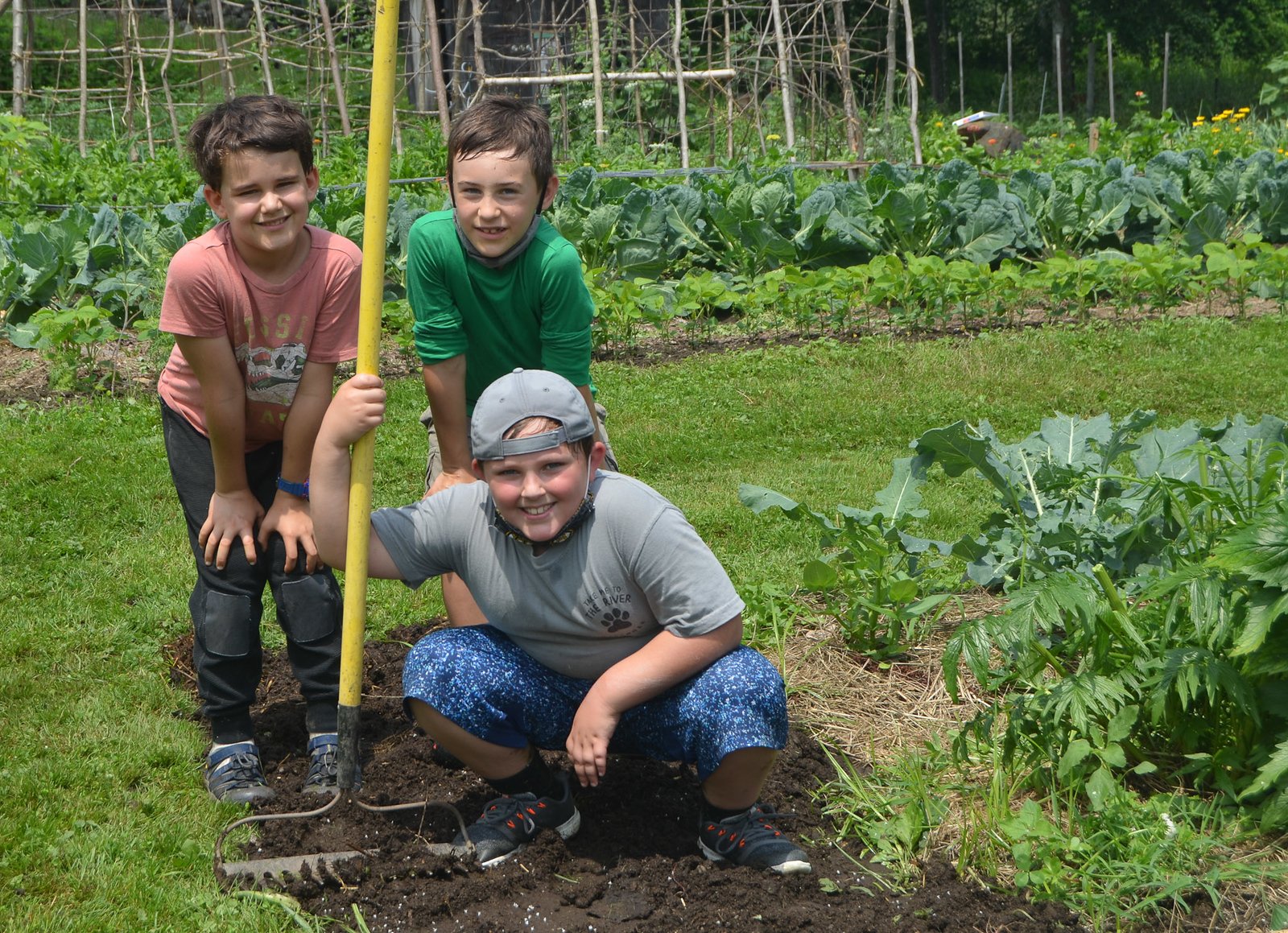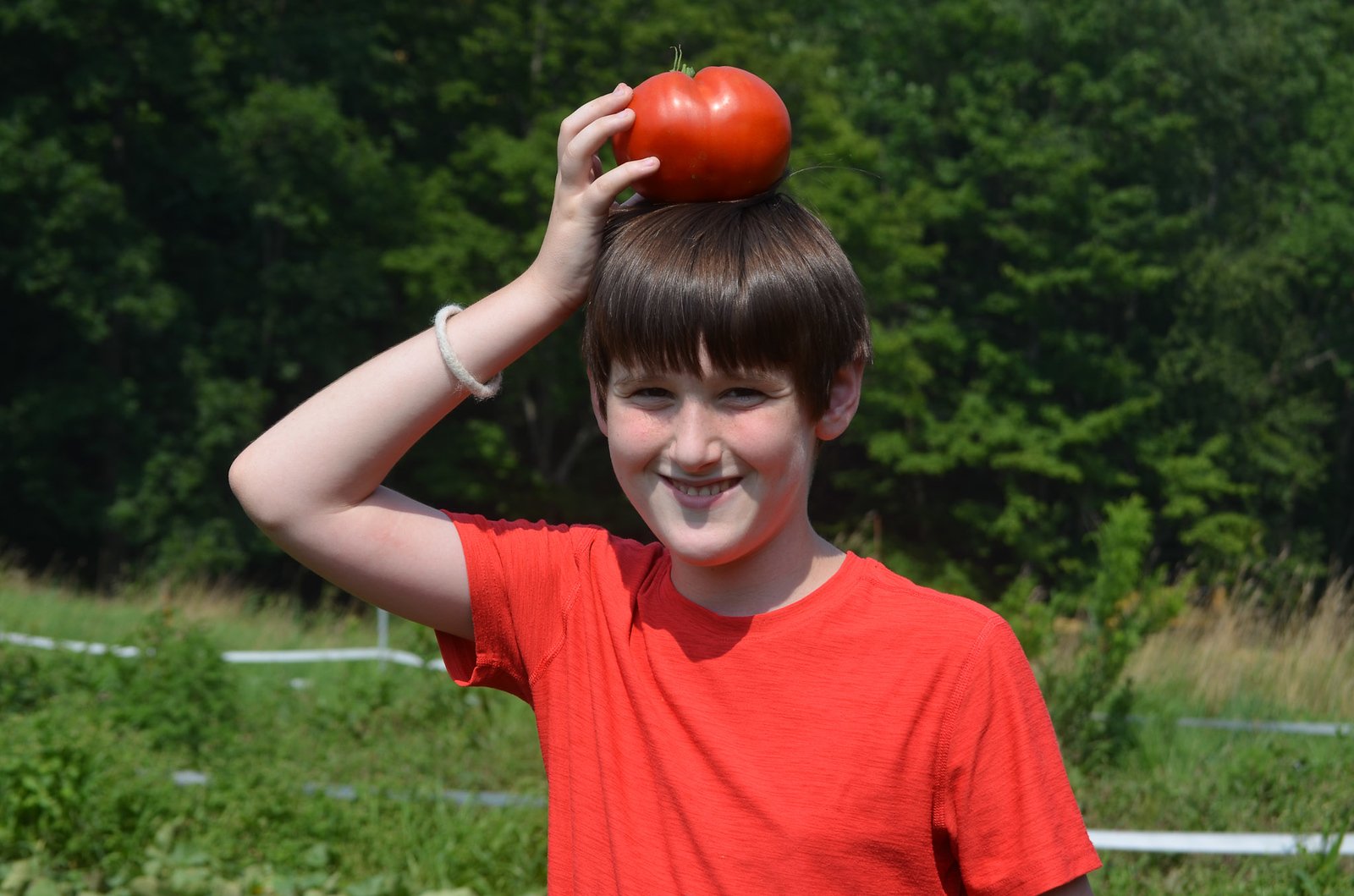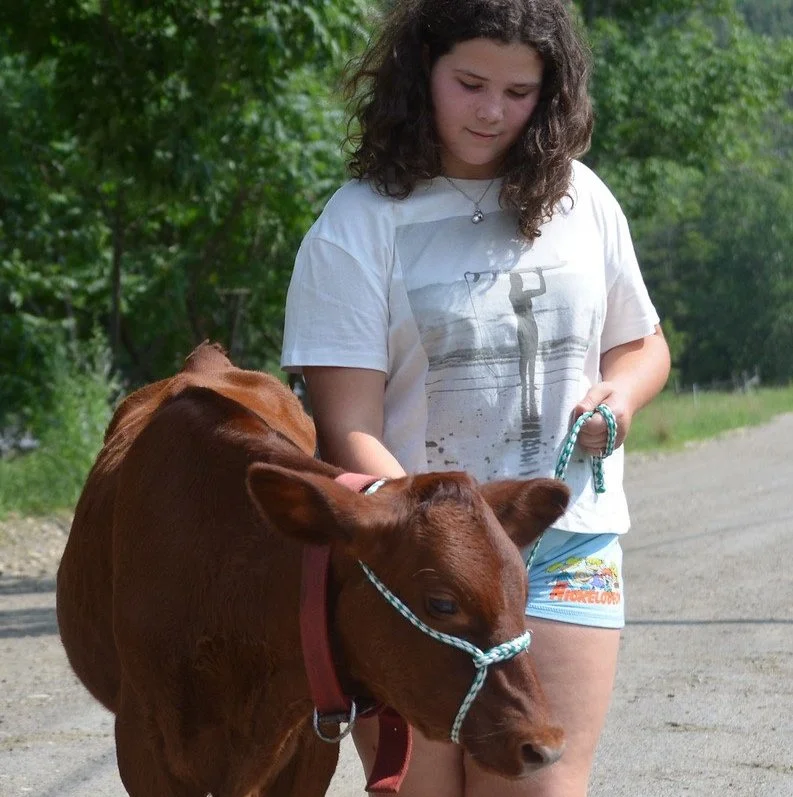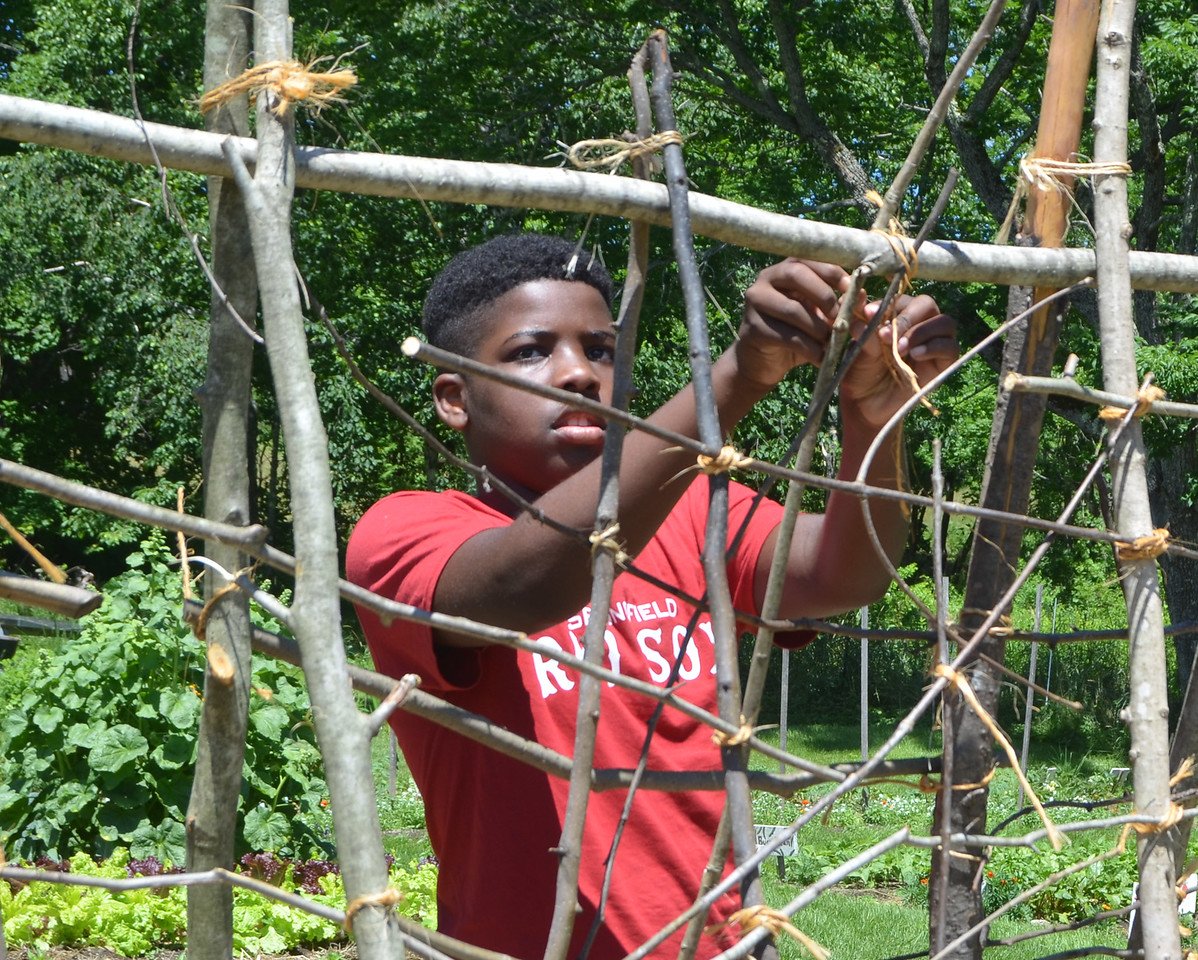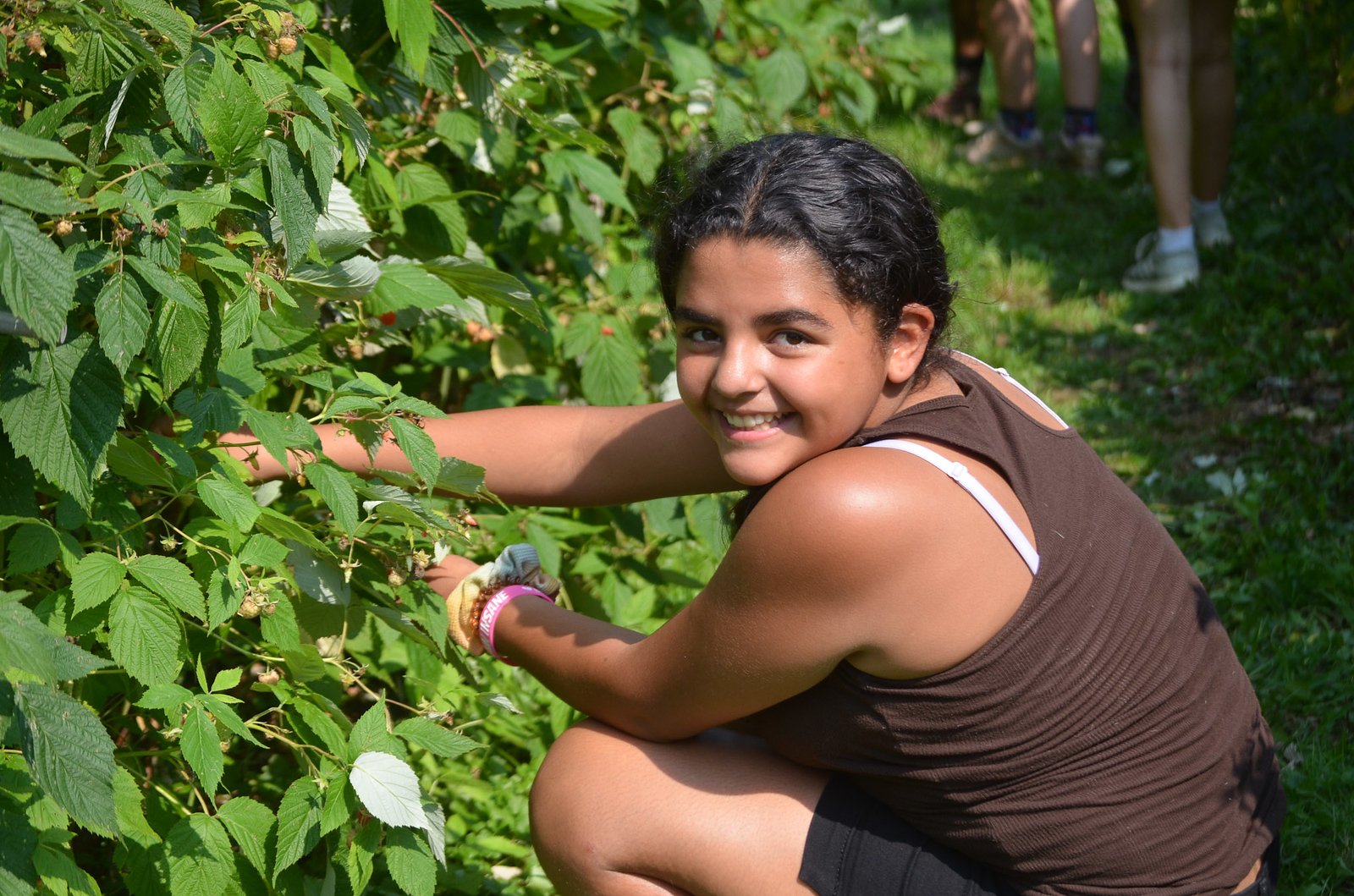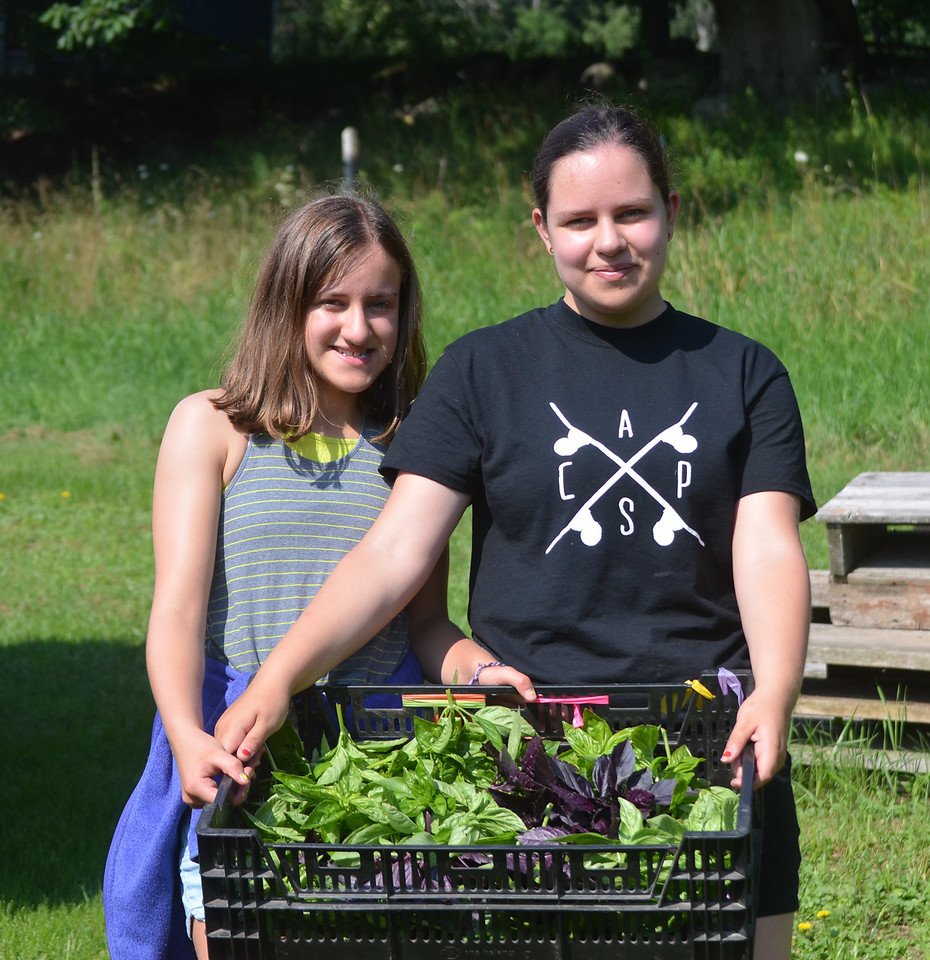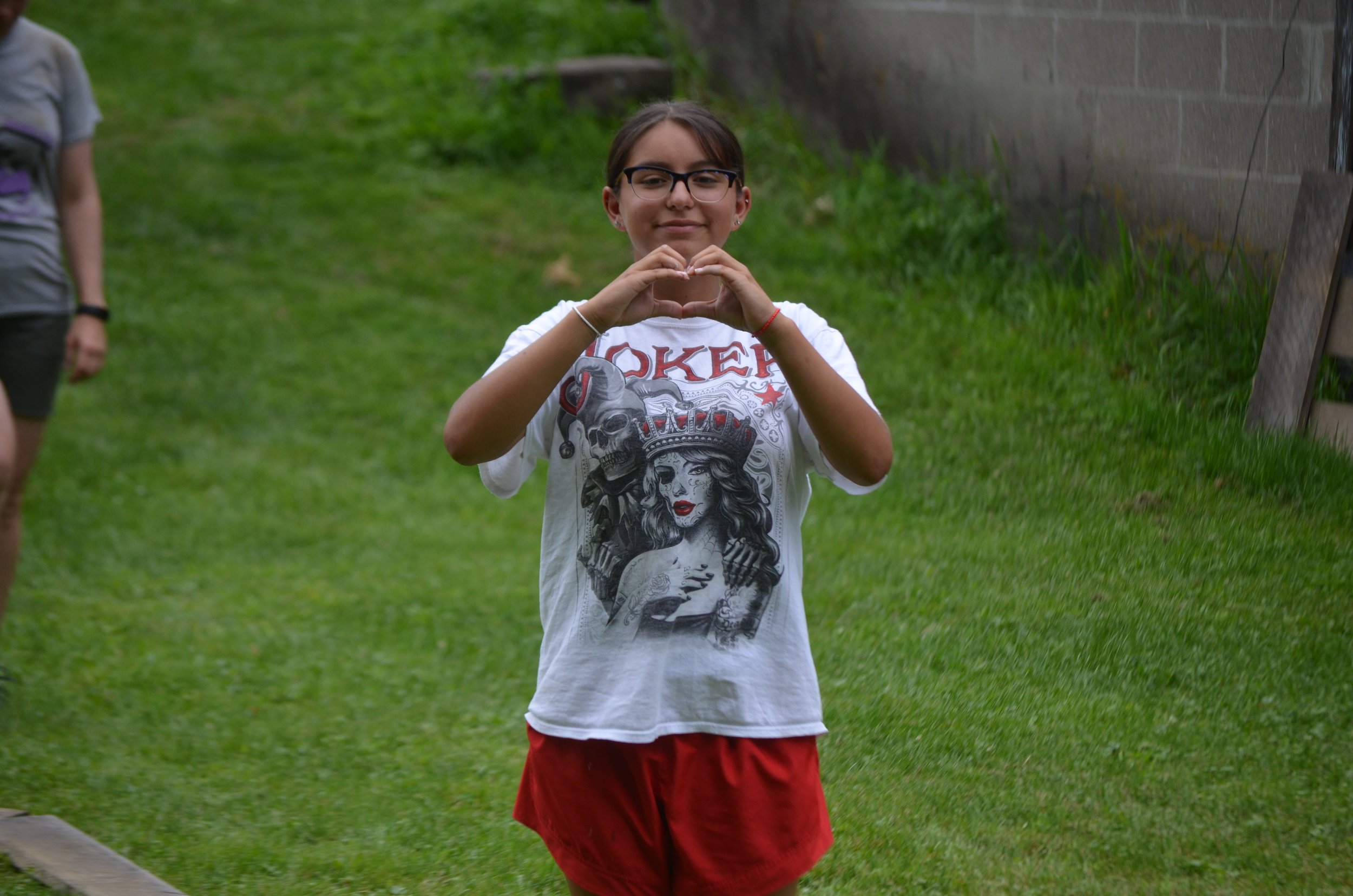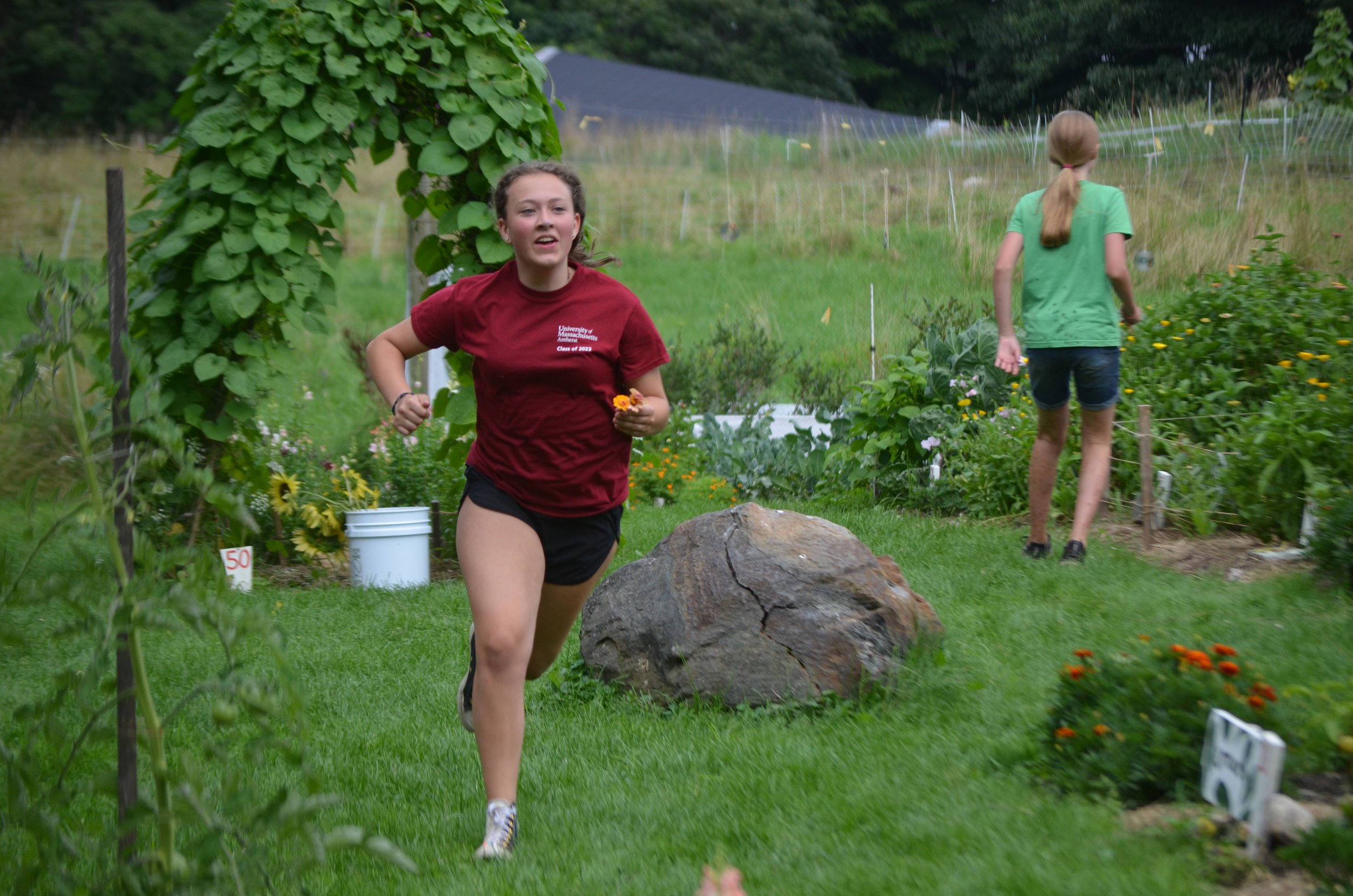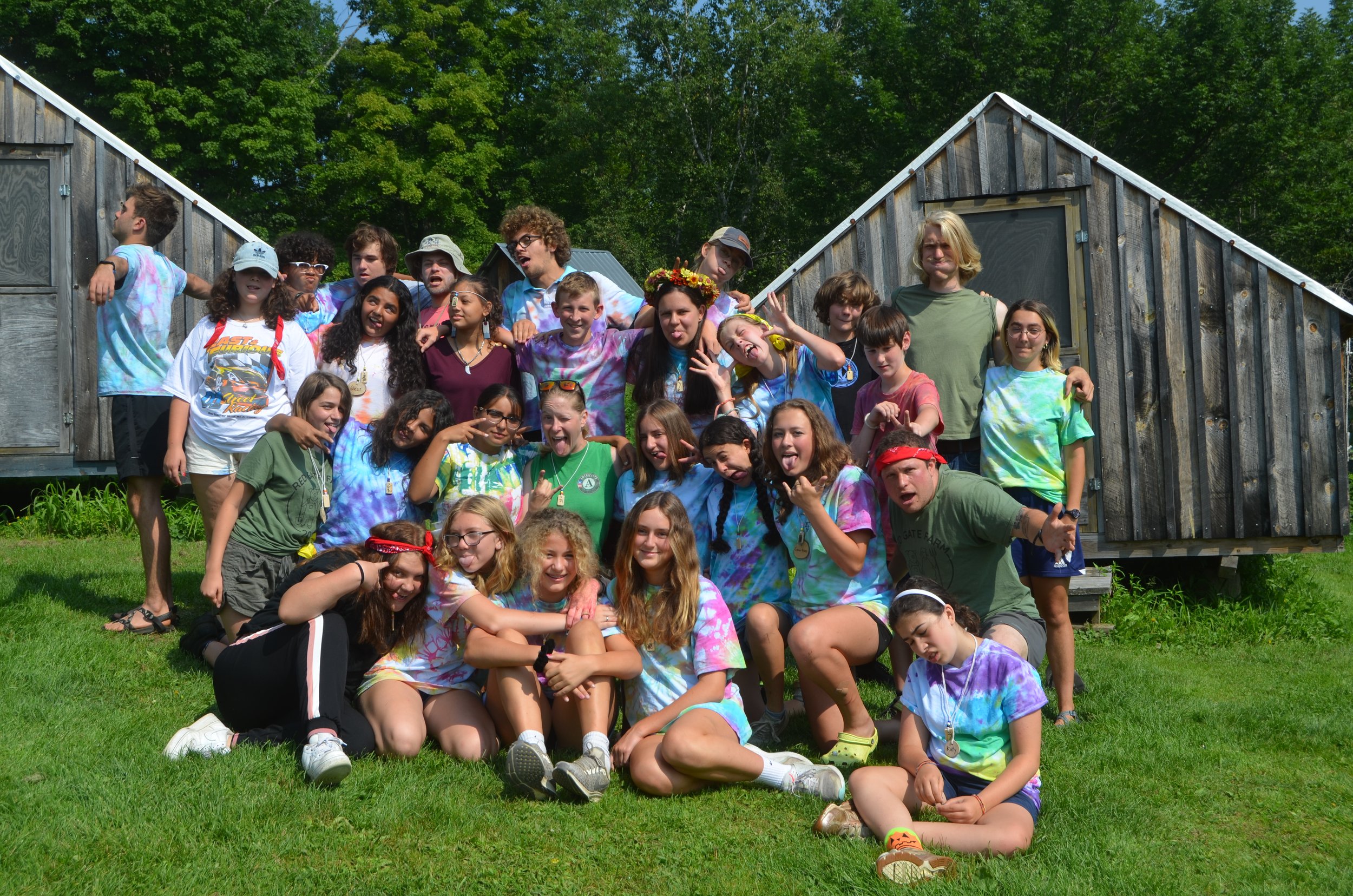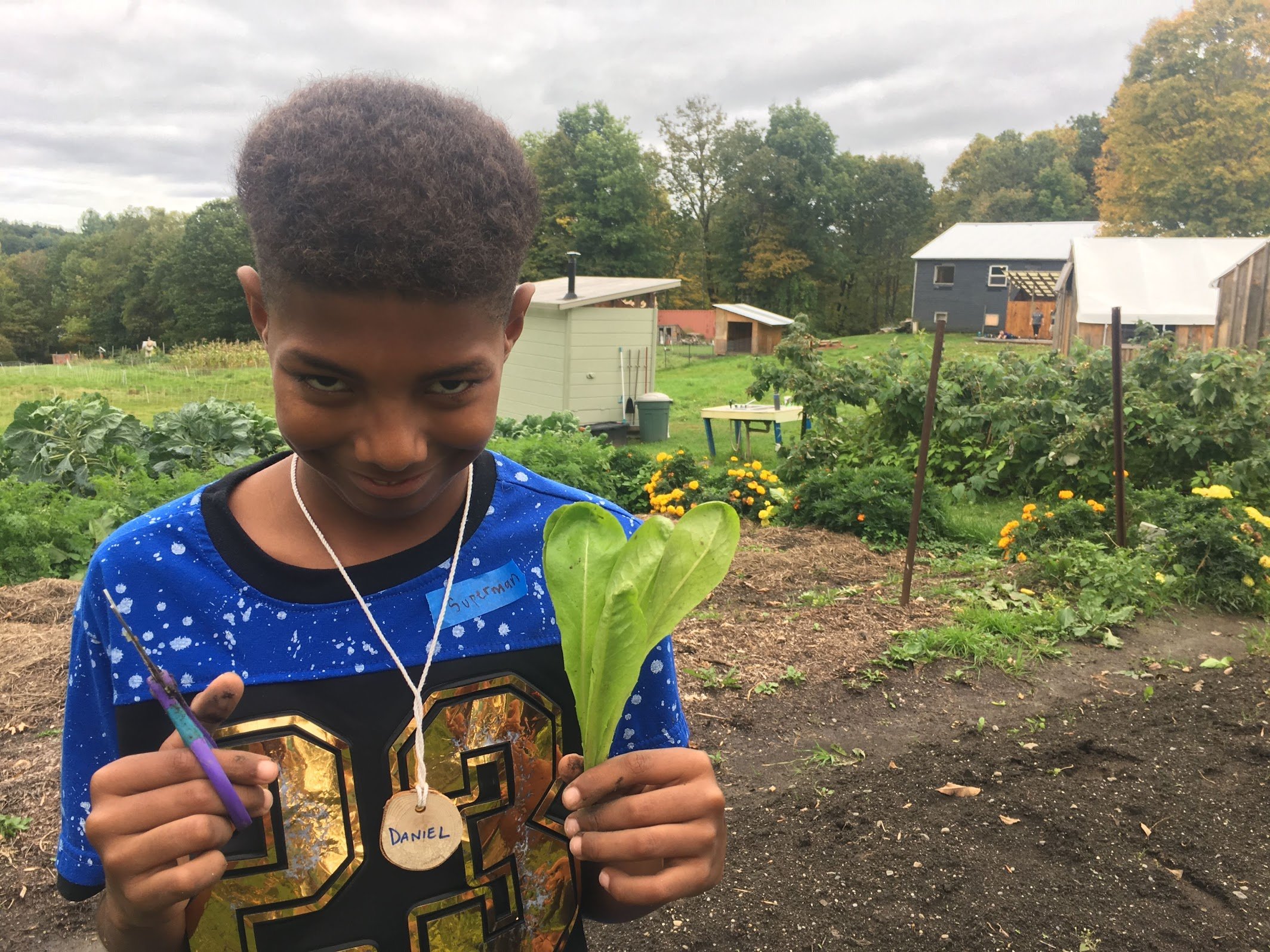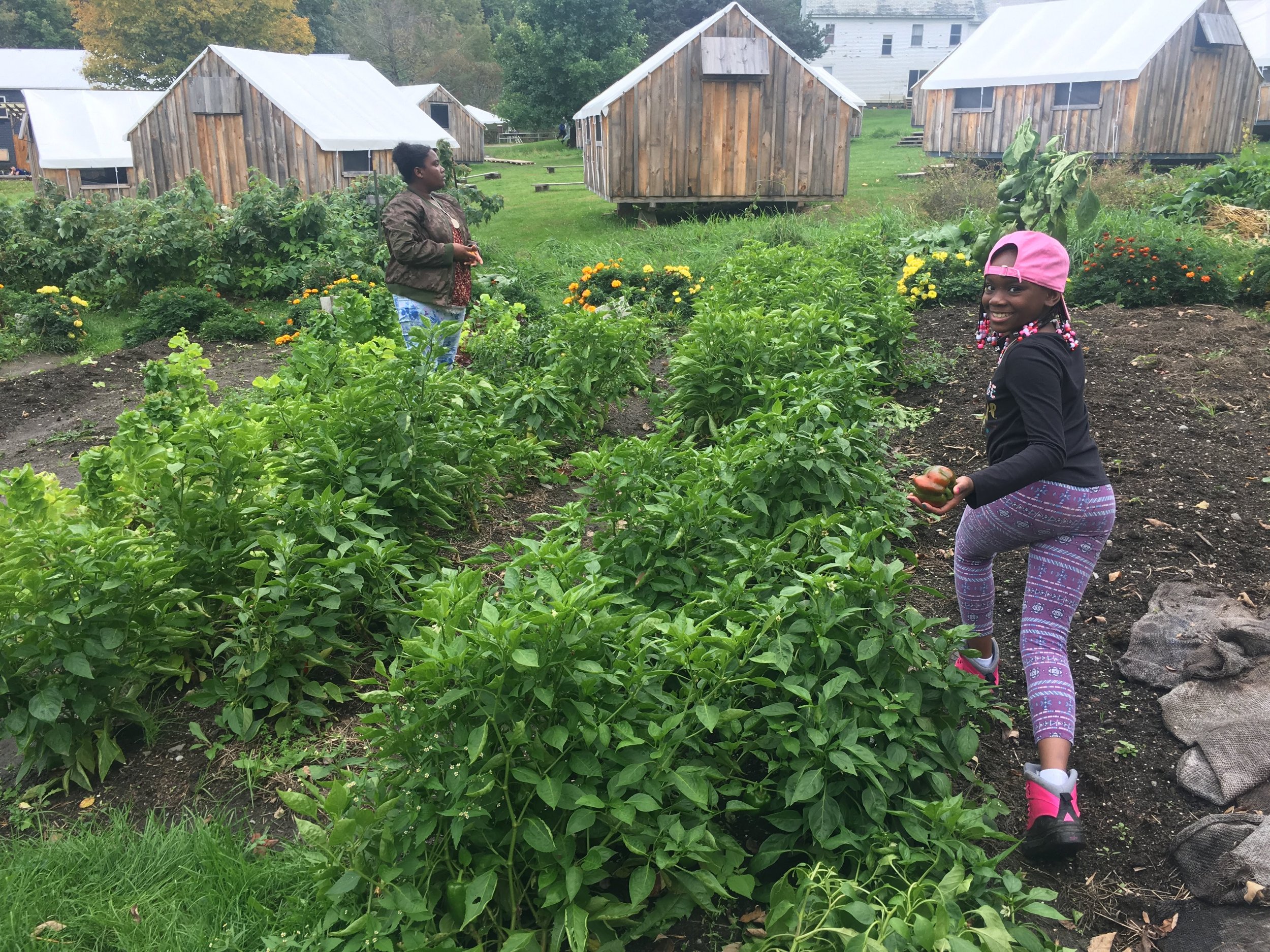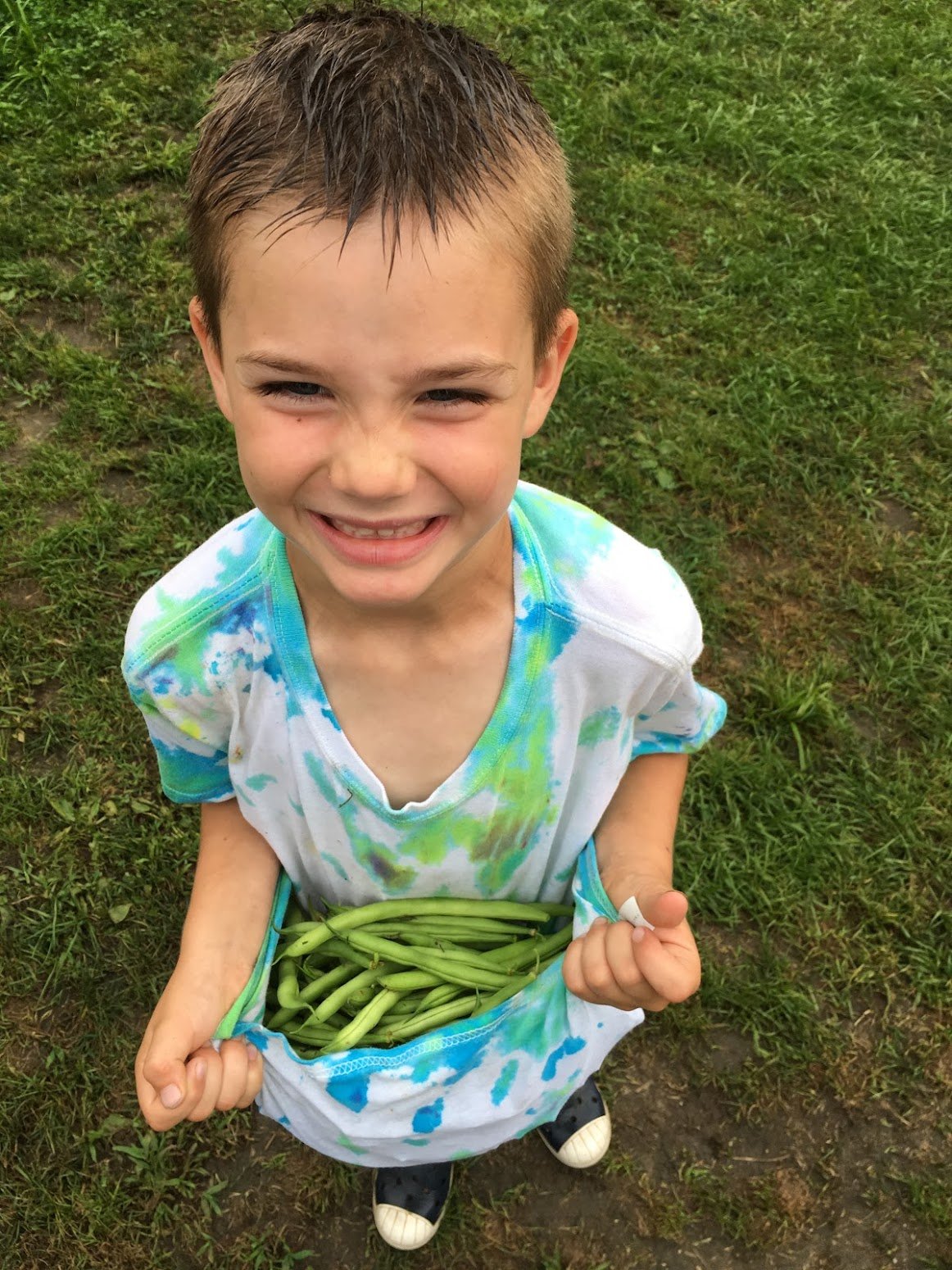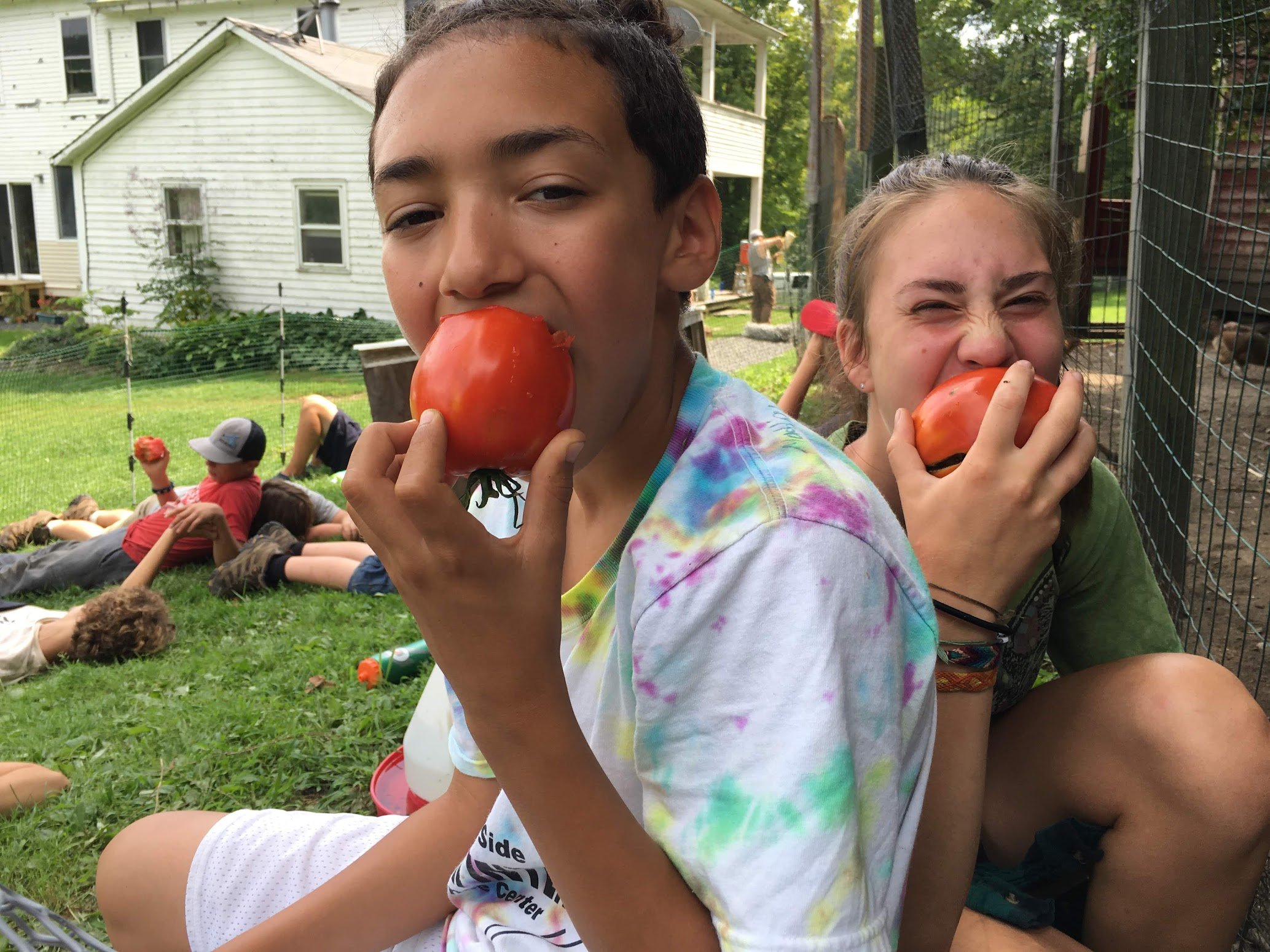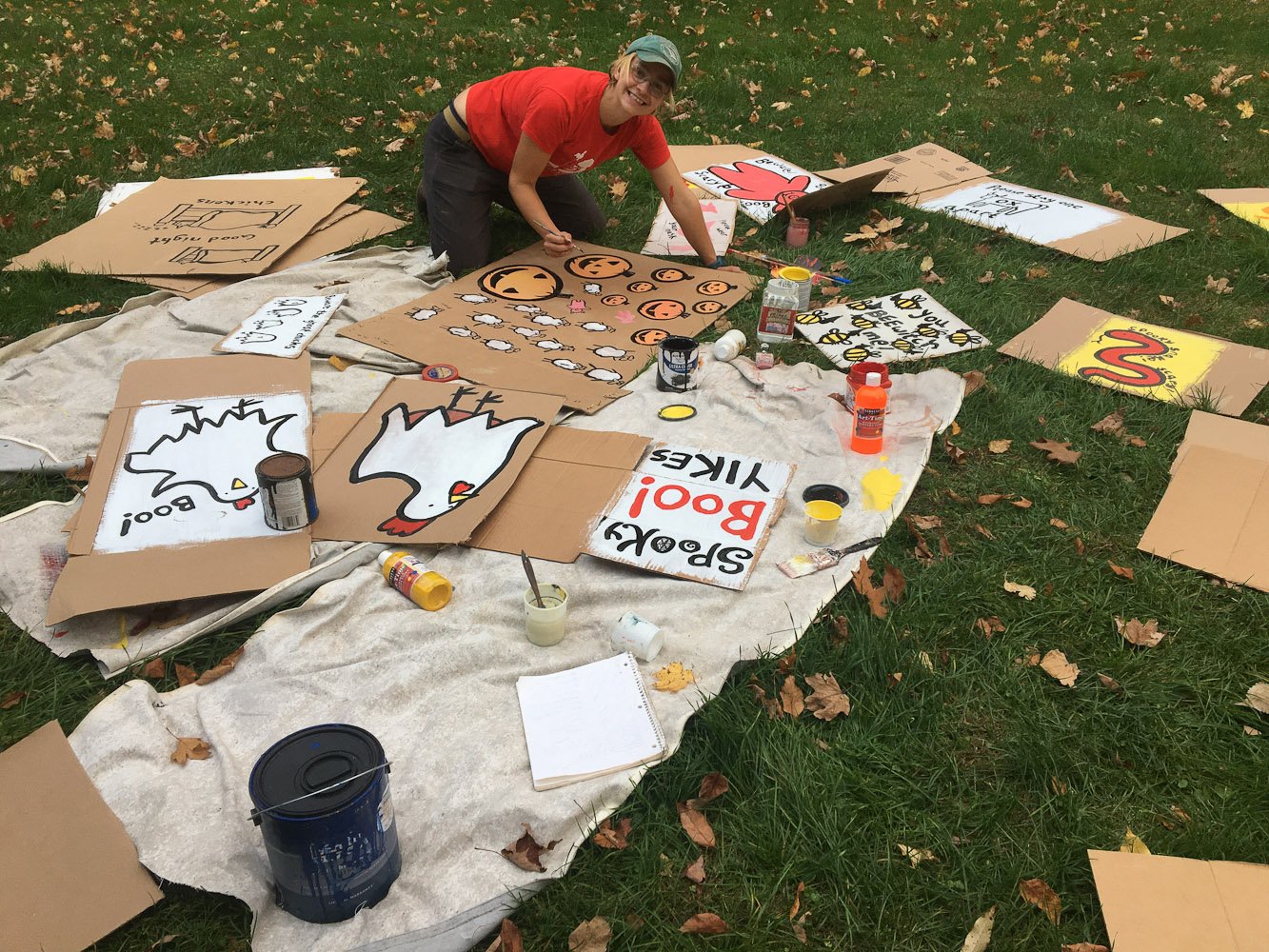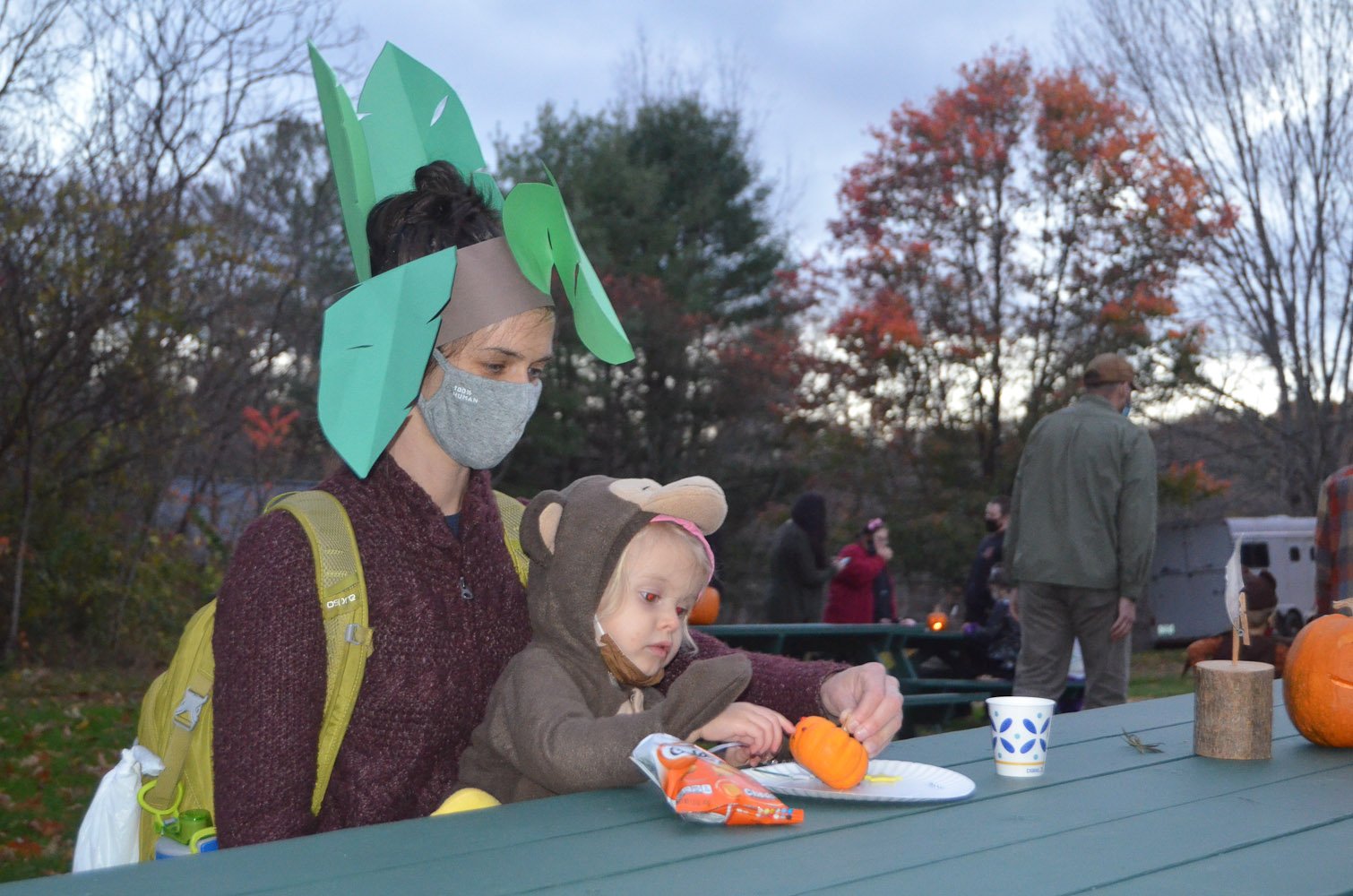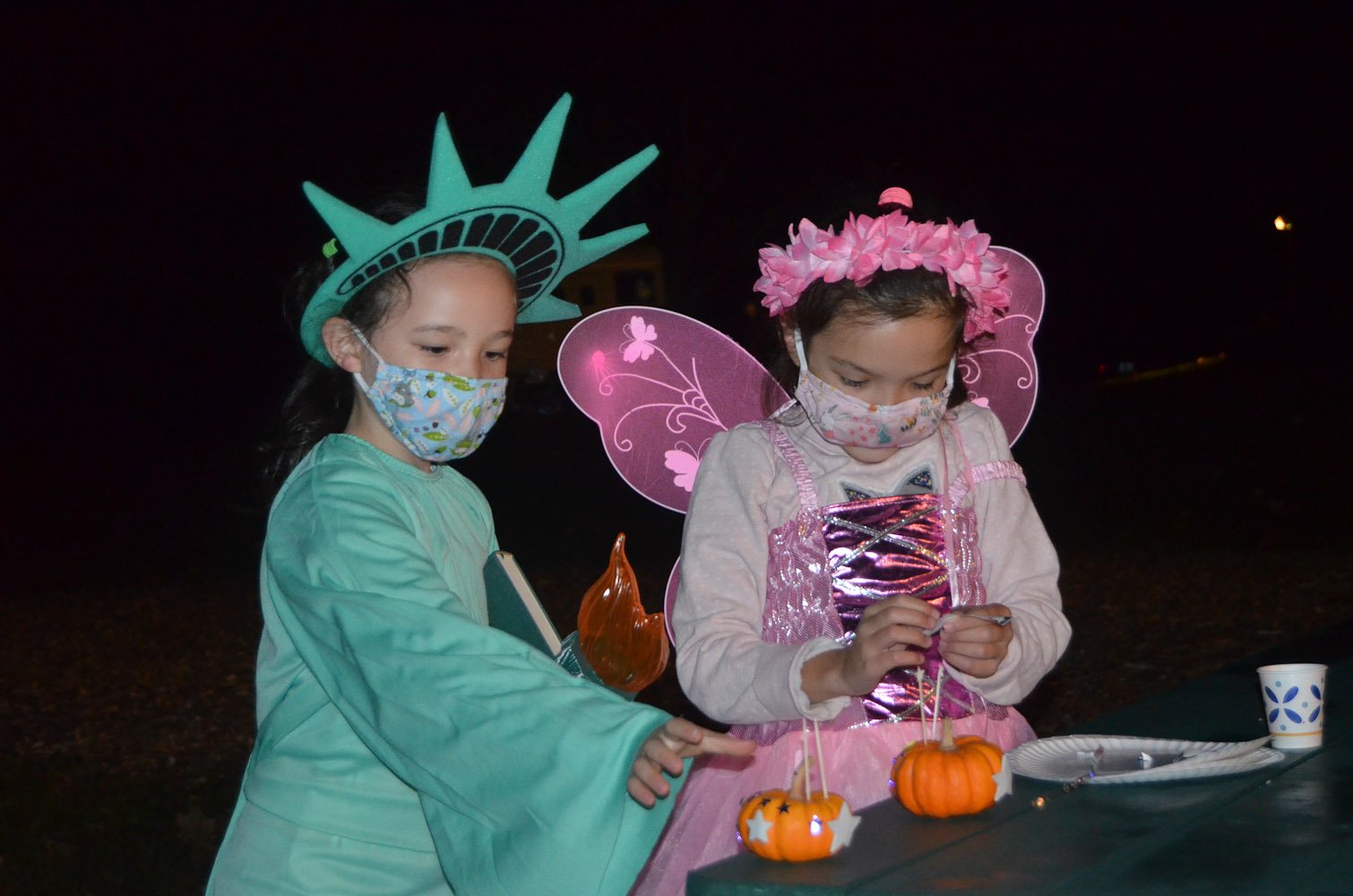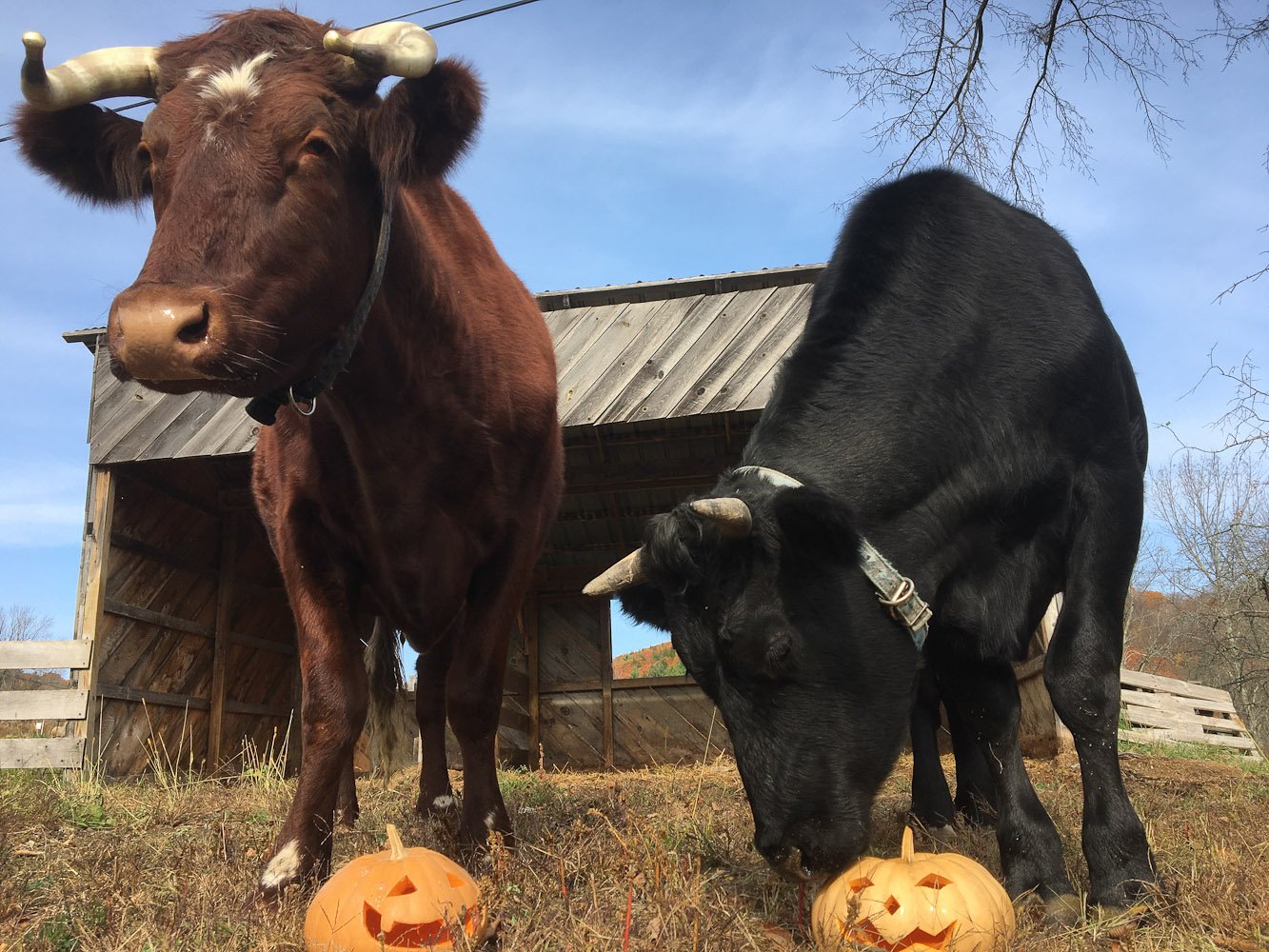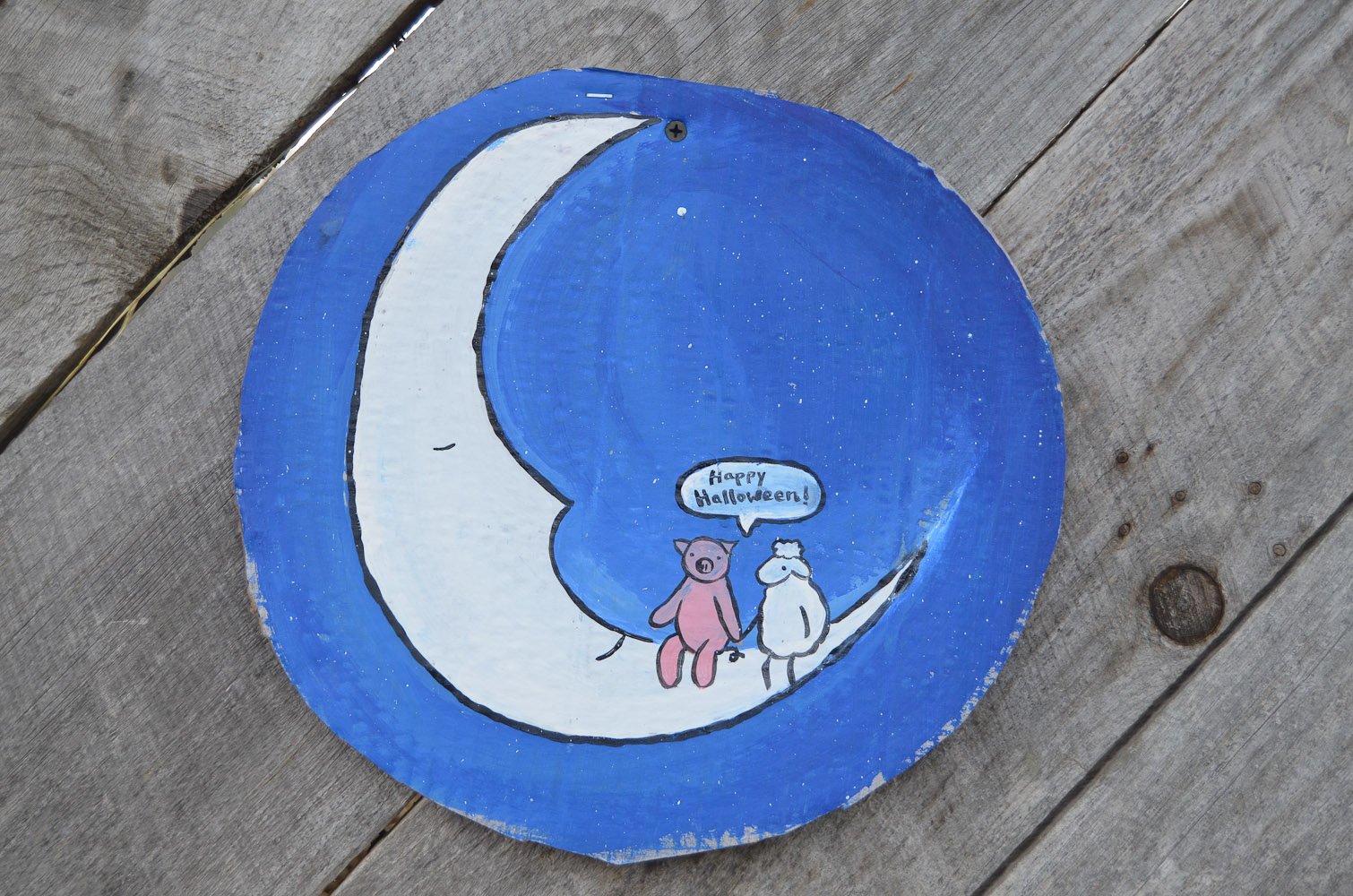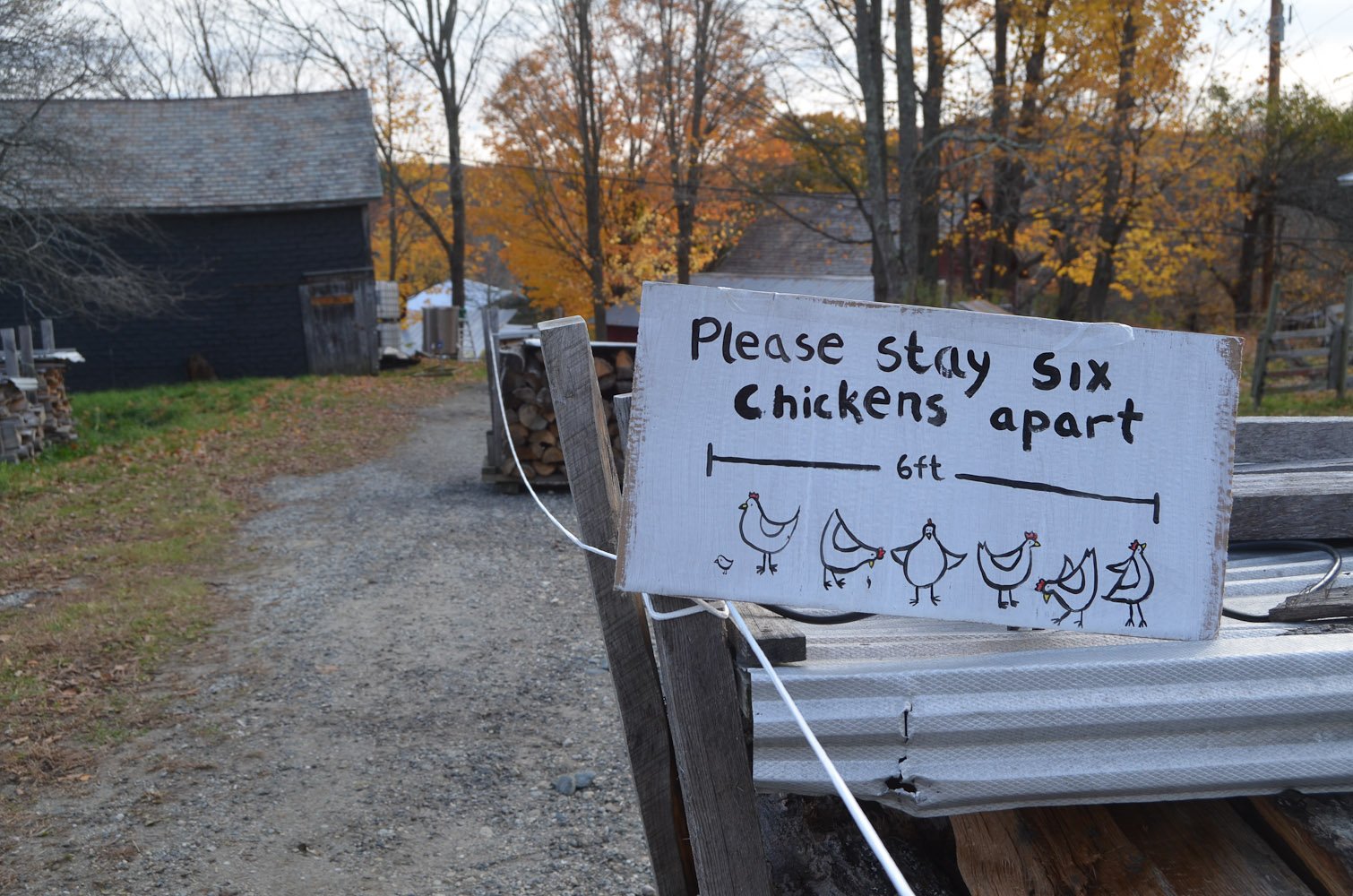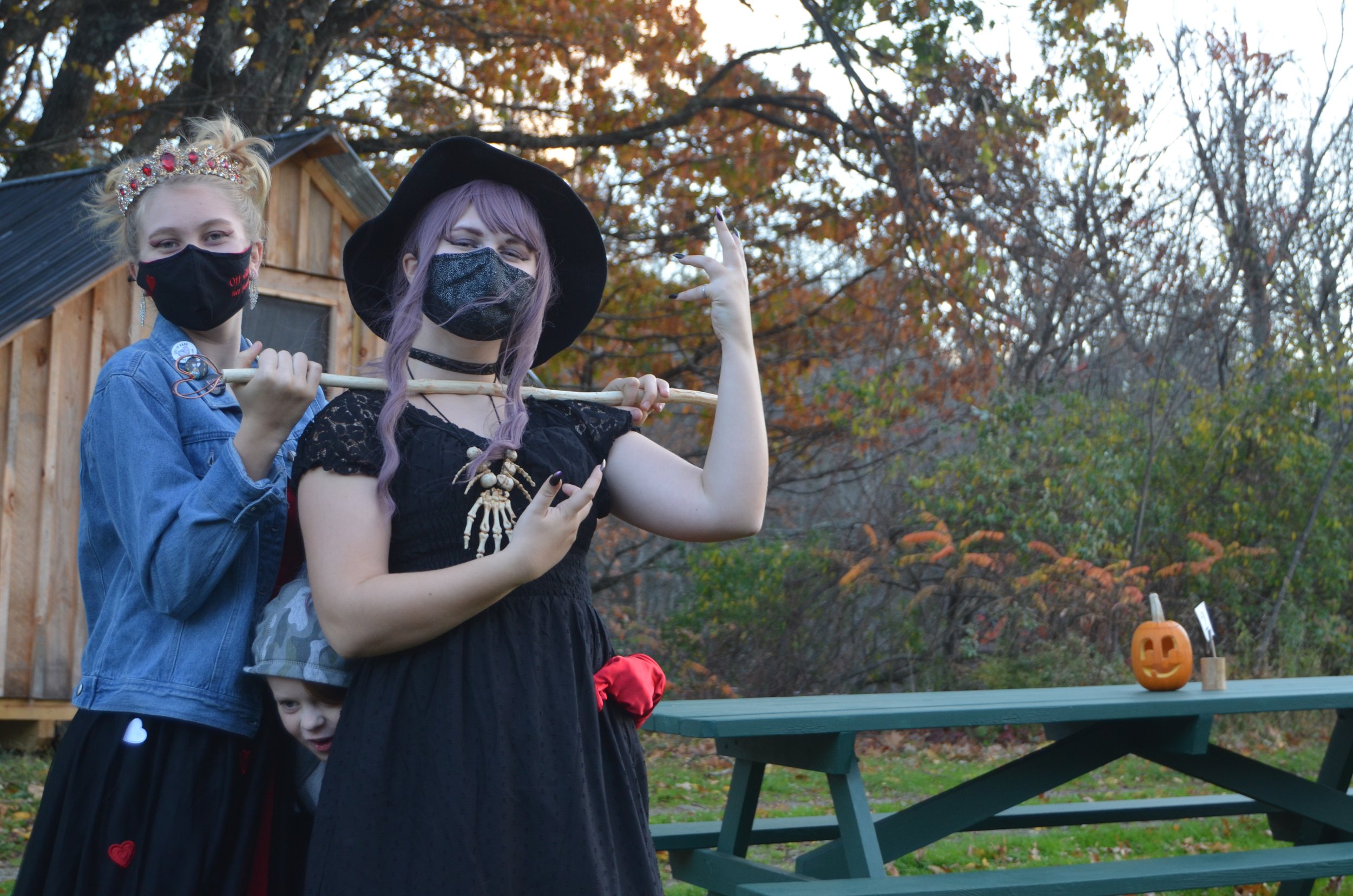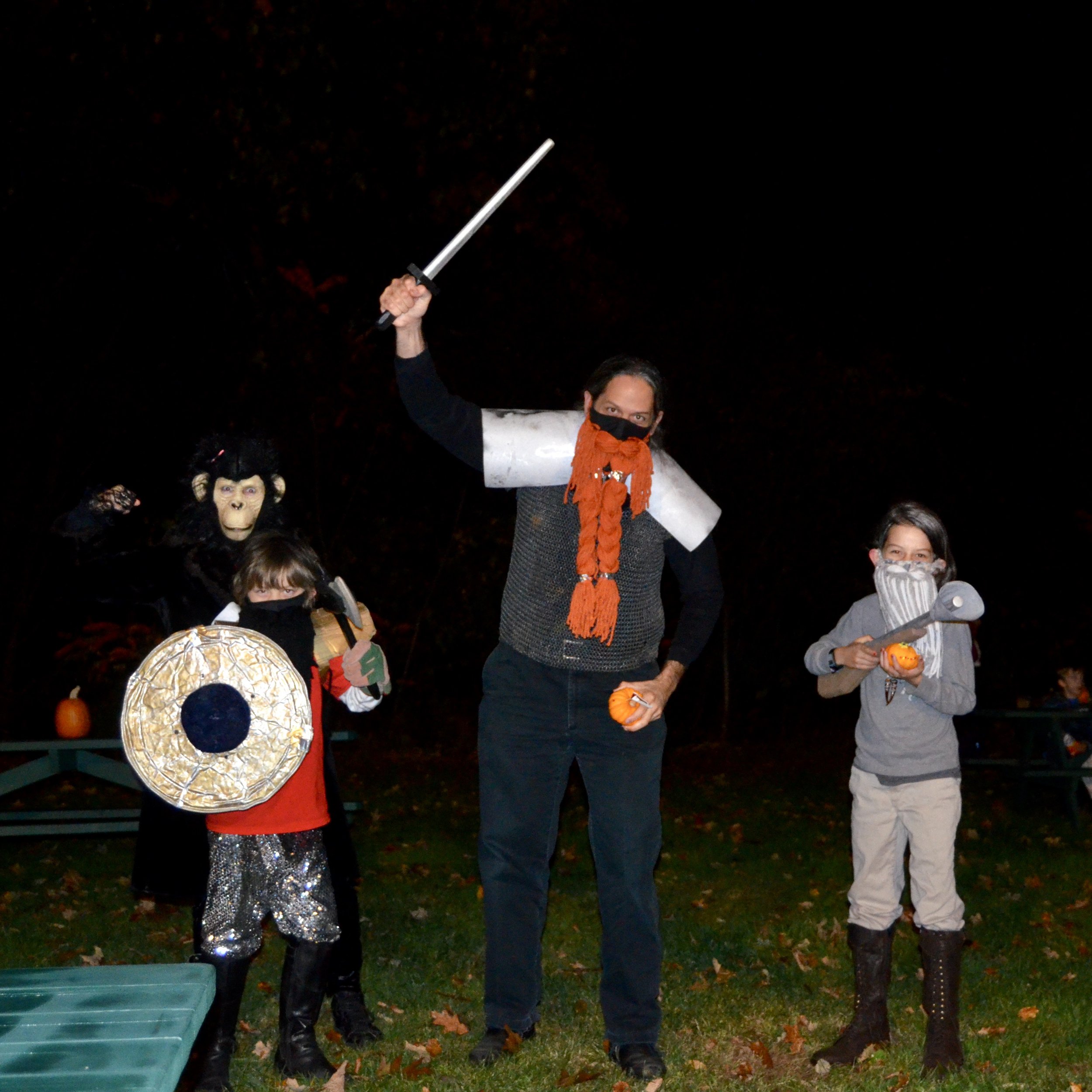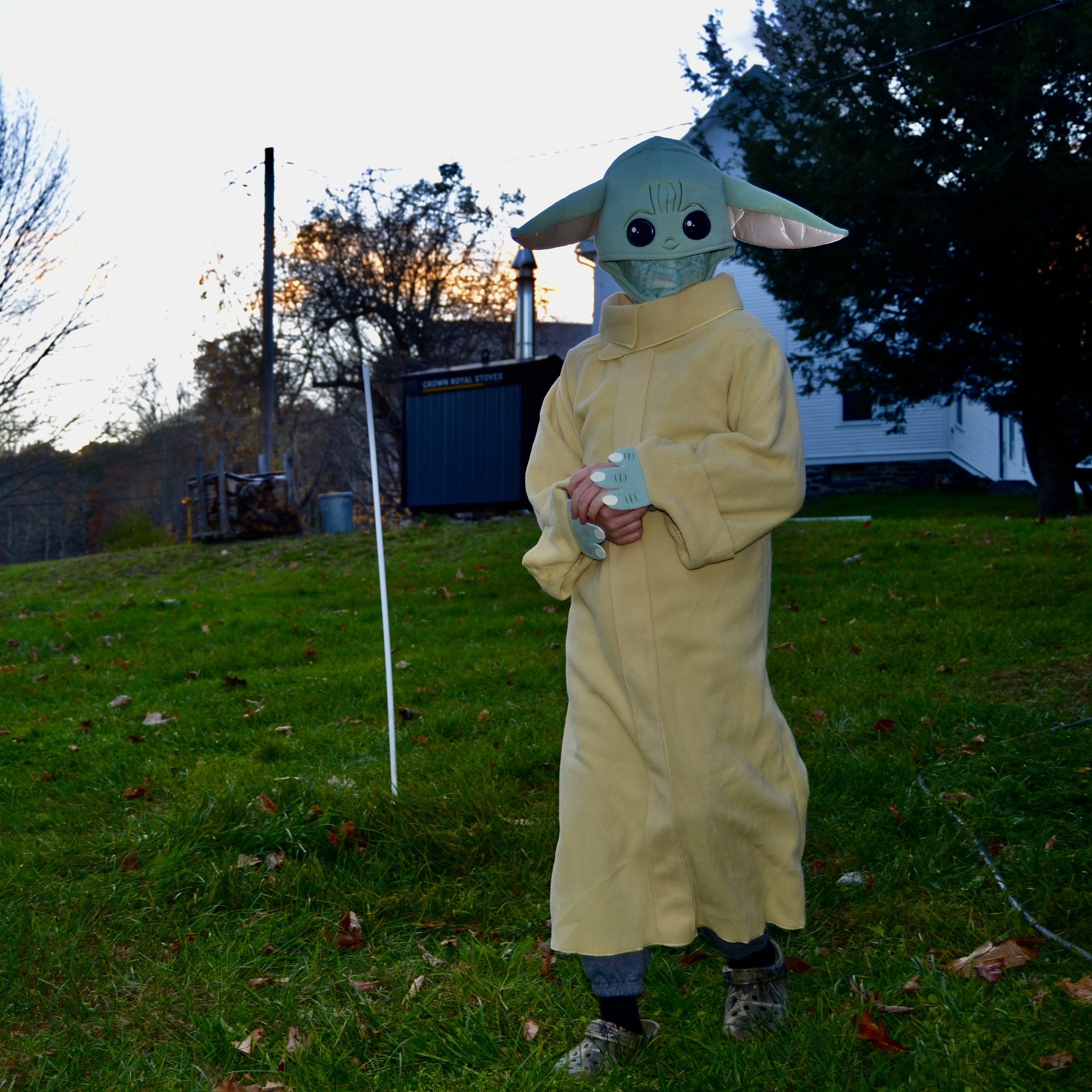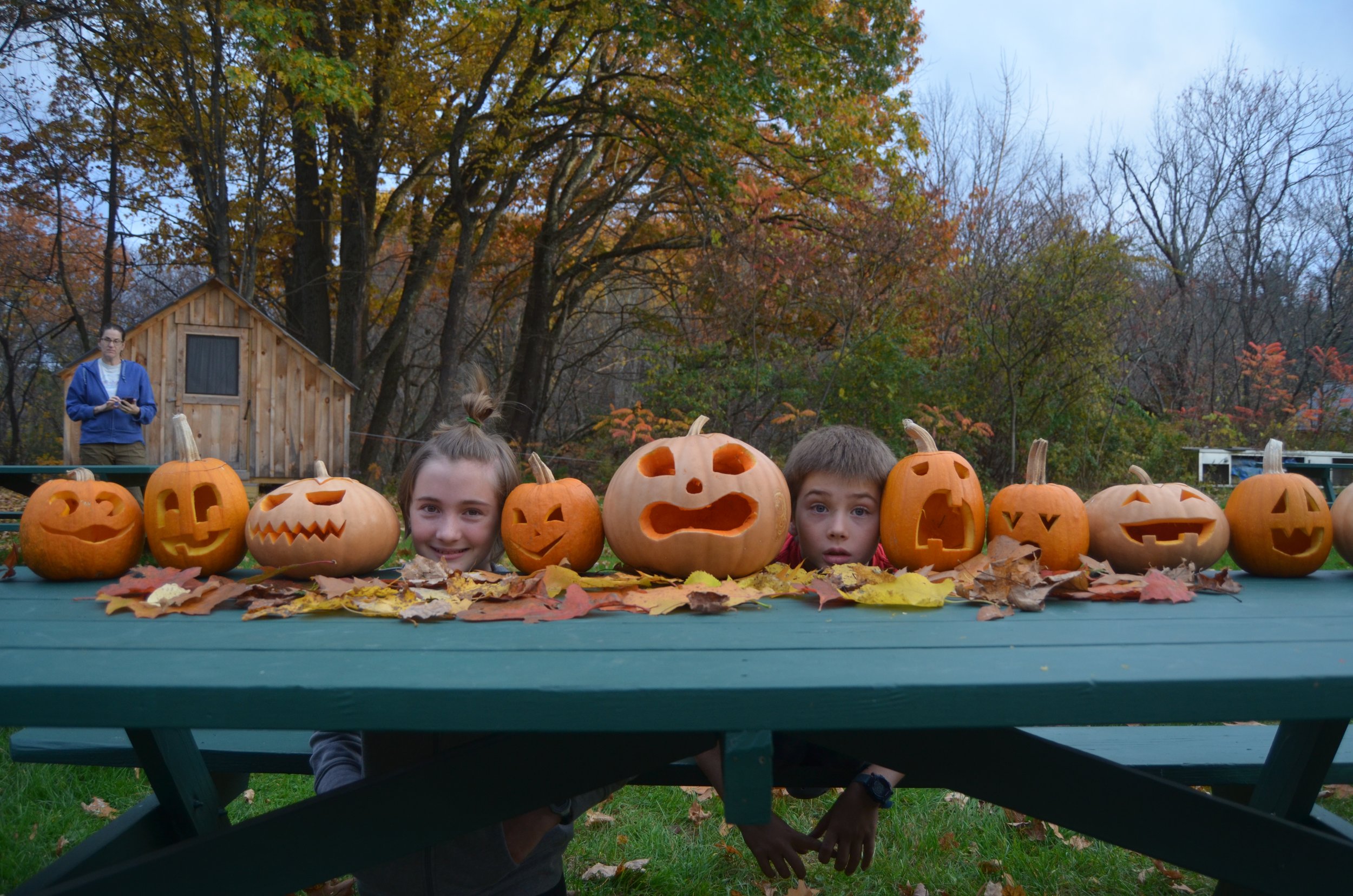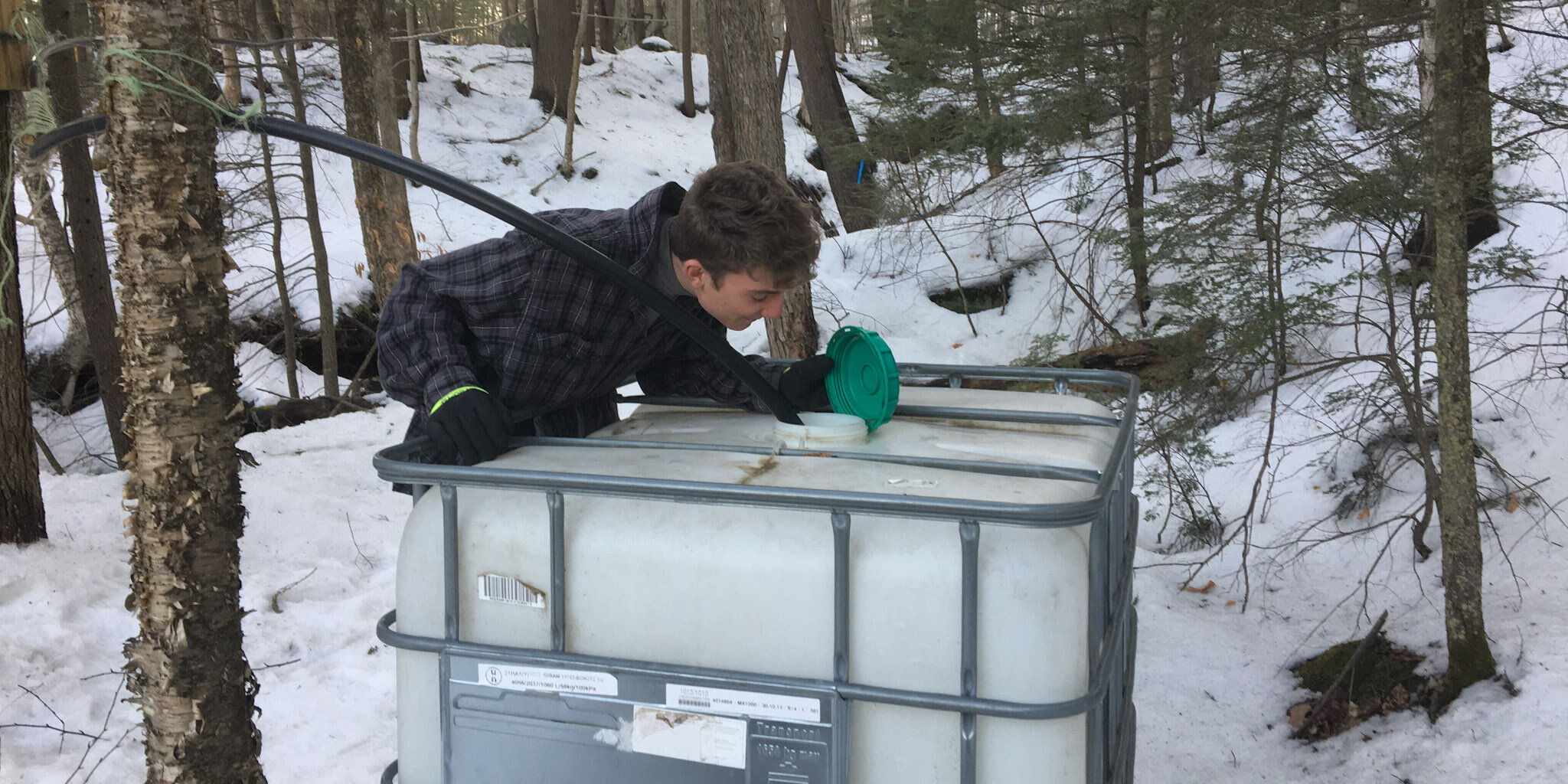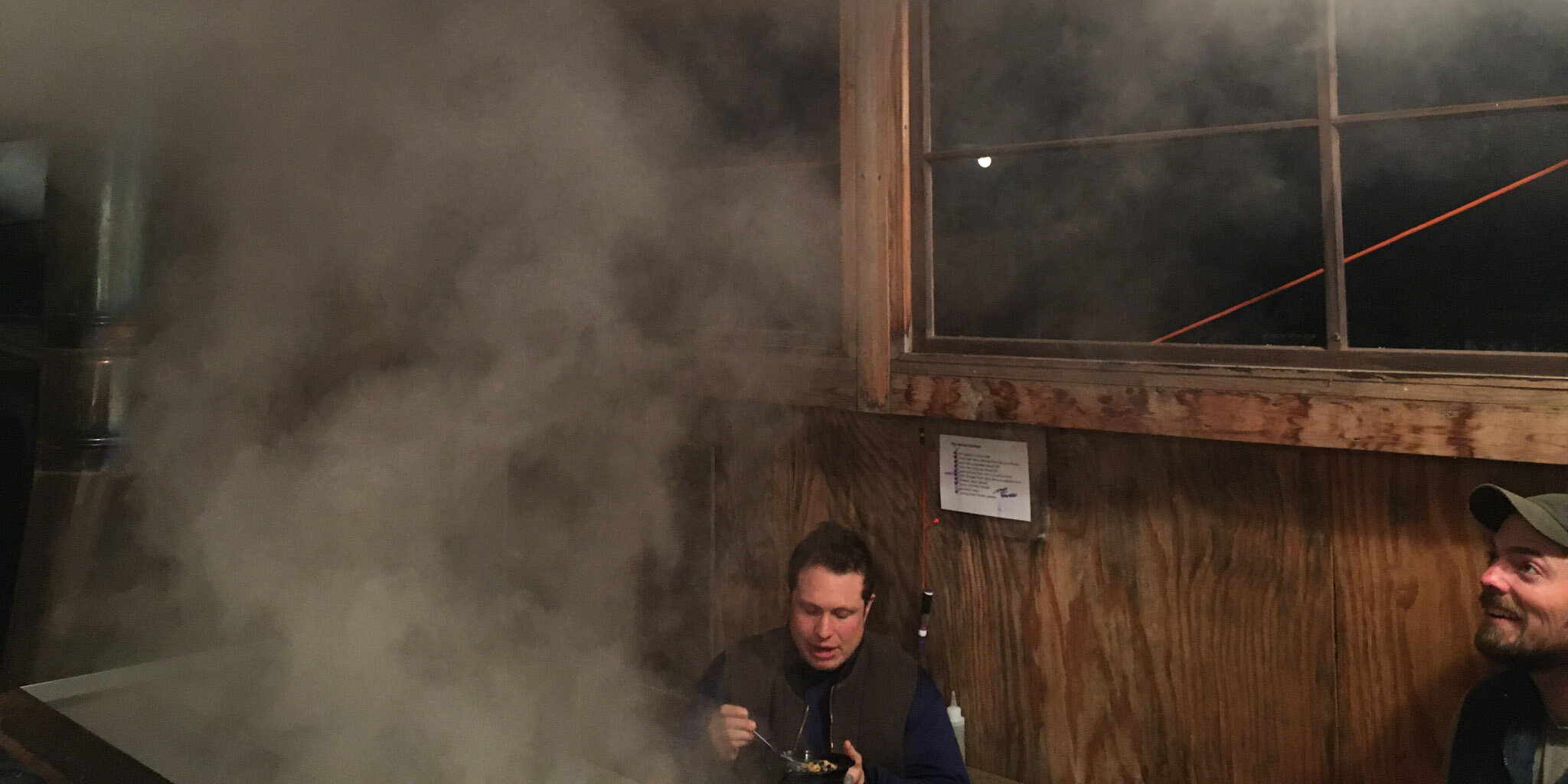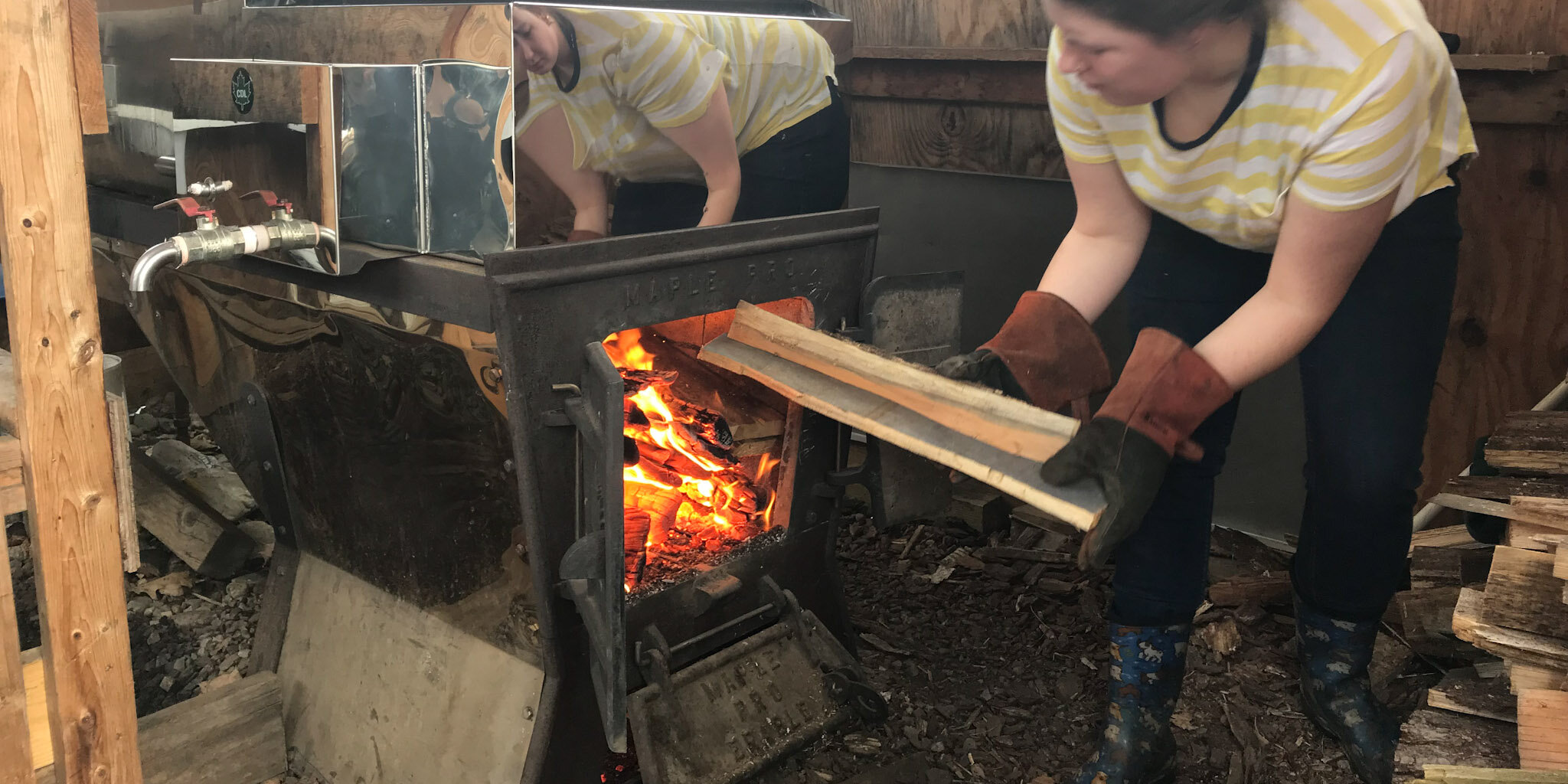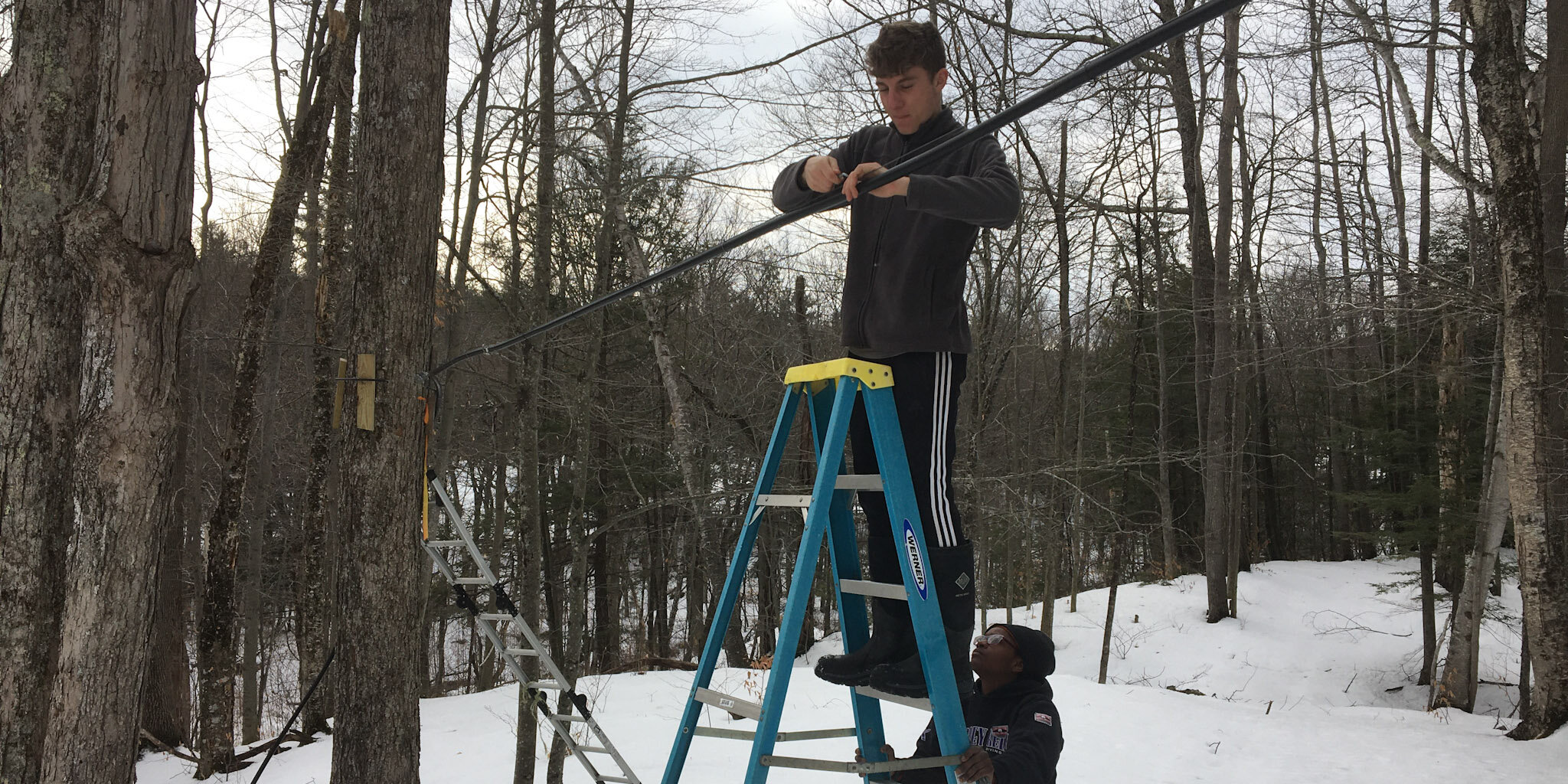This week was very similar to last. I spent the majority of my time in the sugar house, feeding the fire, and making sure that all was well with the pan and the sap levels. We boiled every day this week except on Tuesday, because of the weather. We had started the fire, and had just gotten things setup, but then it got really windy and Ben explained to me that in years past they have had trouble with the wind. In order for the draft to move the evaporator steam out of the sugar house, the door must stay partly open at all times, and if it gets very windy out, salt and sand off the road can blow in and contaminate the syrup which would ruin the entire batch. So that is why we were not able to continue on Thursday.
Something I noticed was that the front pan, which does most of the evaporation, has gotten much darker since last week. The sap has turned a more caramel color. There are two main reasons for this: one is that the more the pan is used throughout the season, the more heating and reheating of sap goes on, and now that we are midway through the season, the pan has been stained with burnt sugars and a mineral substance called “sugar sand.” The other reason is that the later in the season, the darker the sap becomes as it matures in the trees. The sap gets a green tinge to it. So that is why I noticed the darker color that has formed.
I was able to get a lot of progress on my tree mapping project this week, and I am in a place, where I can easily finish next week, which is my last week on the farm. I am excited to get another week of collecting and boiling.

